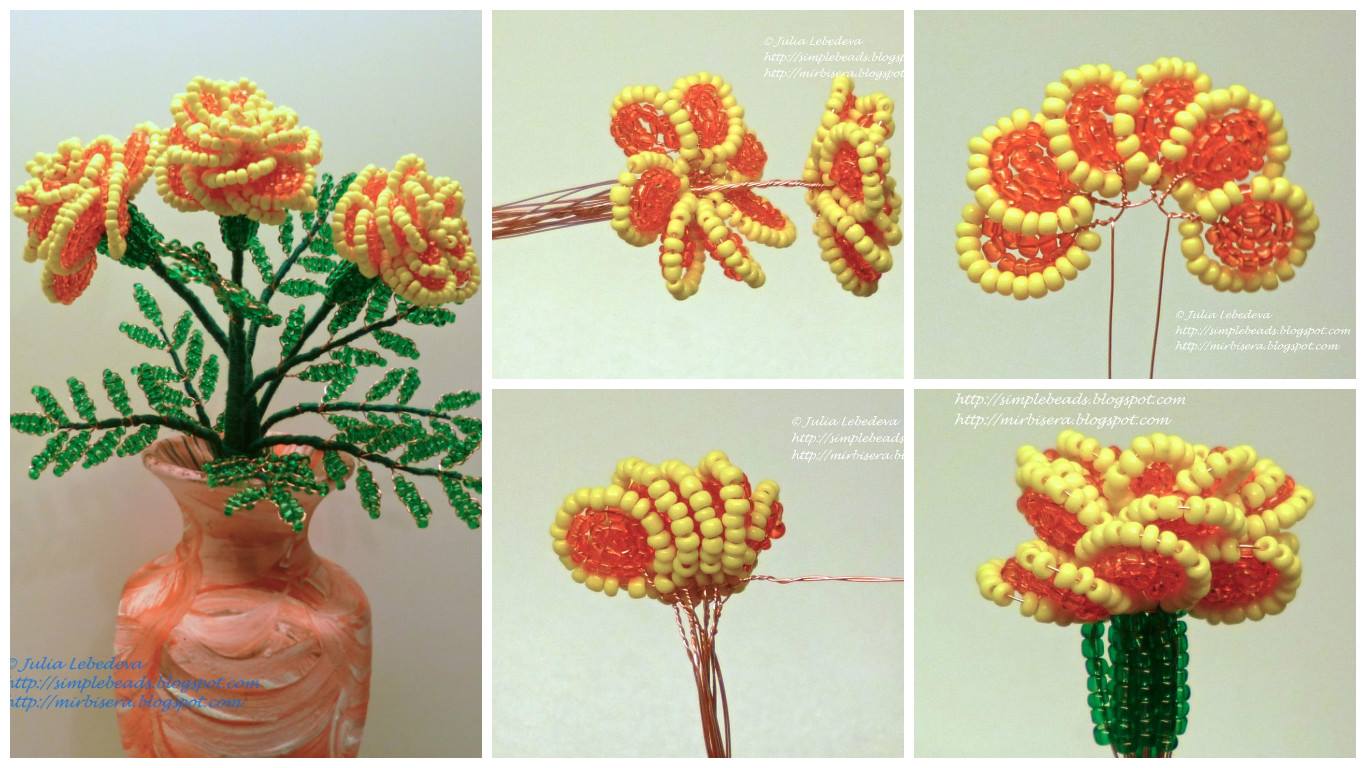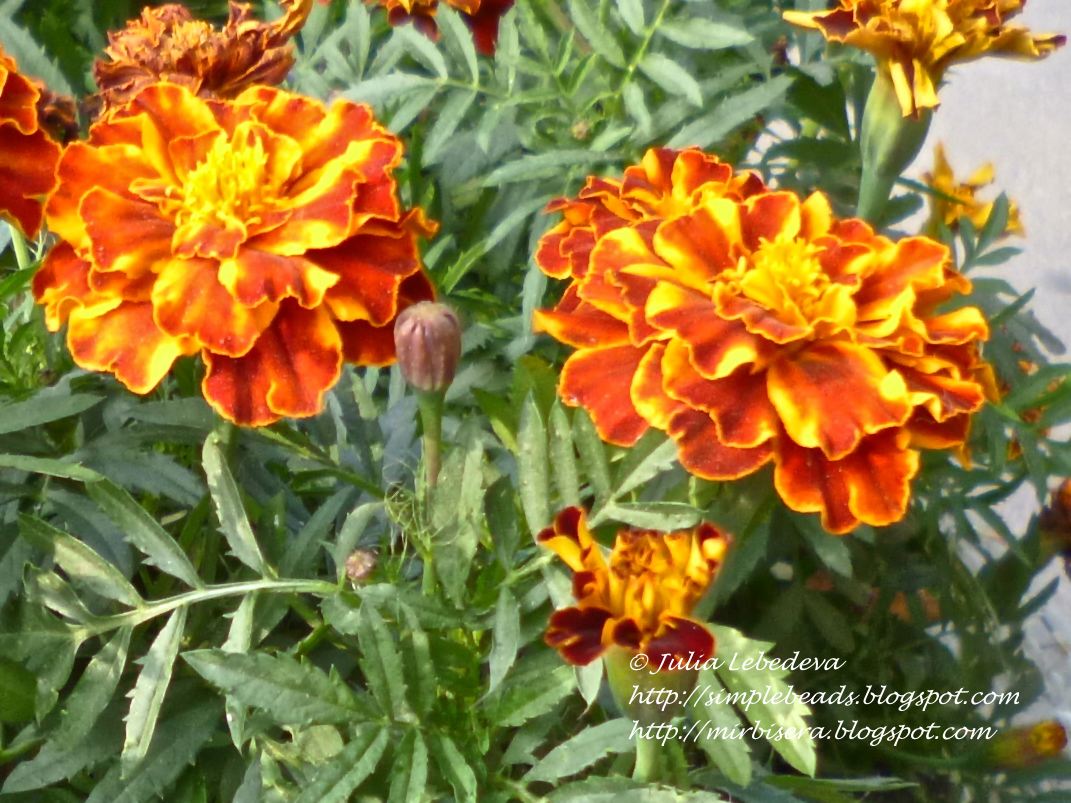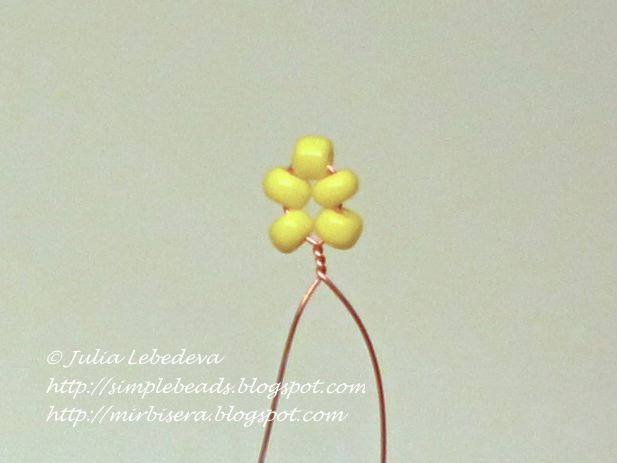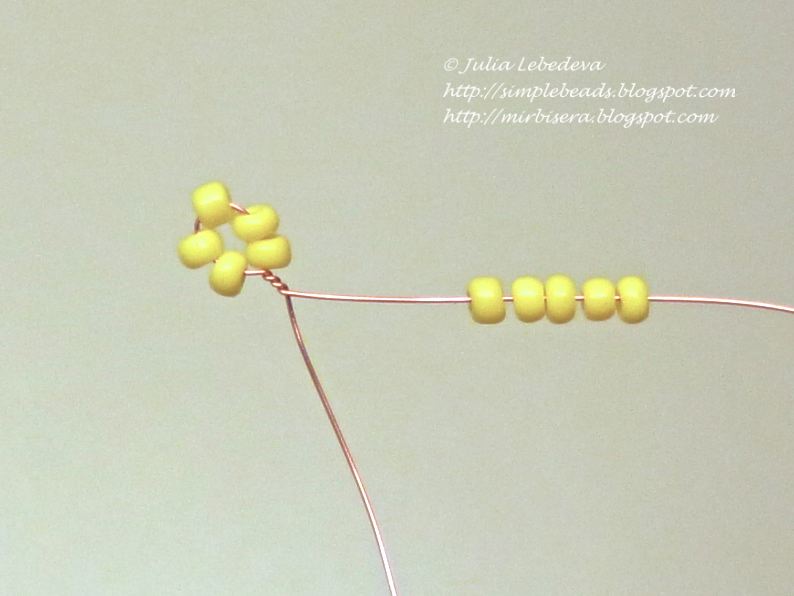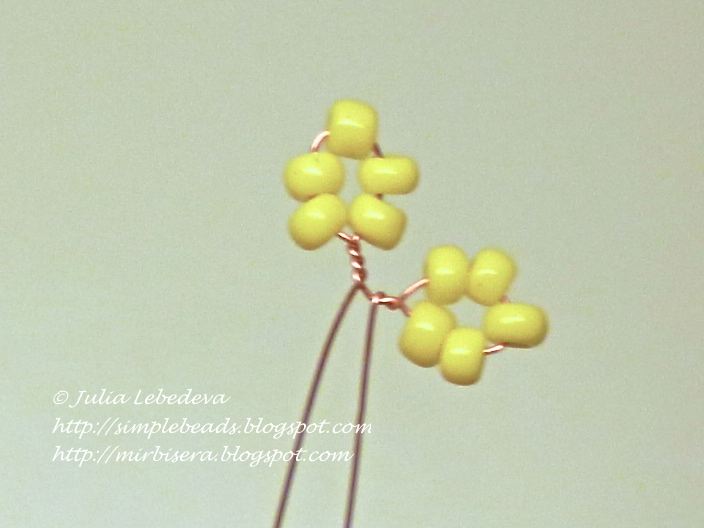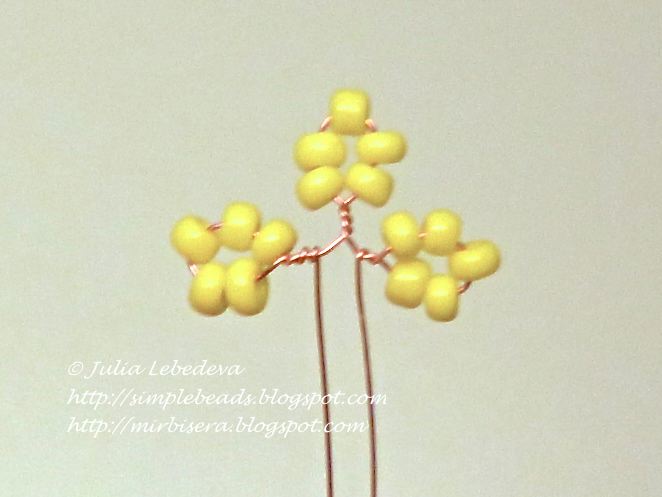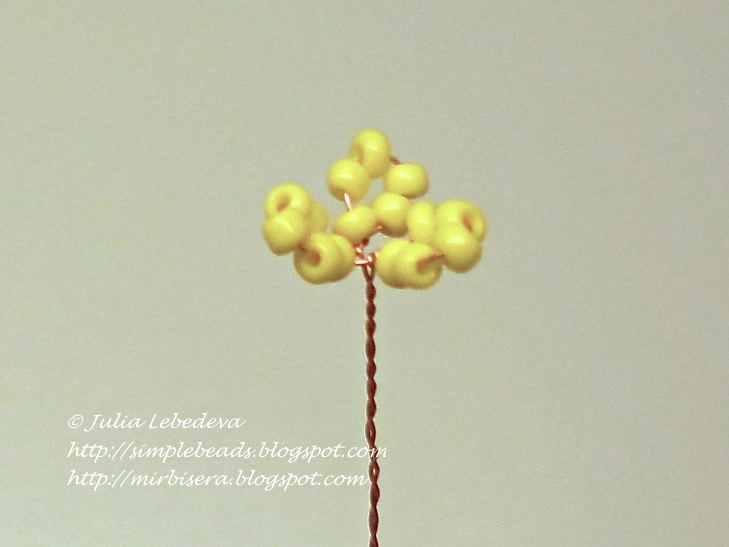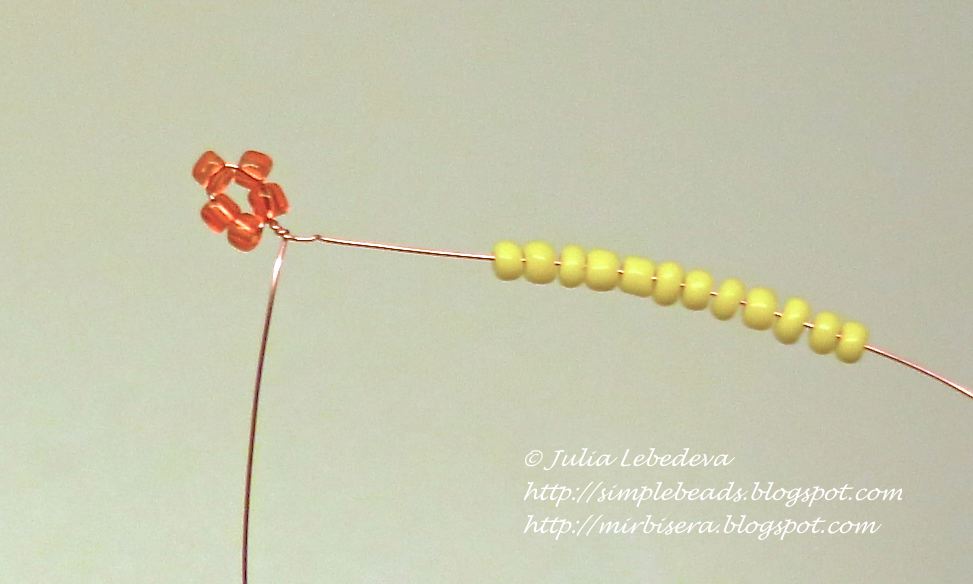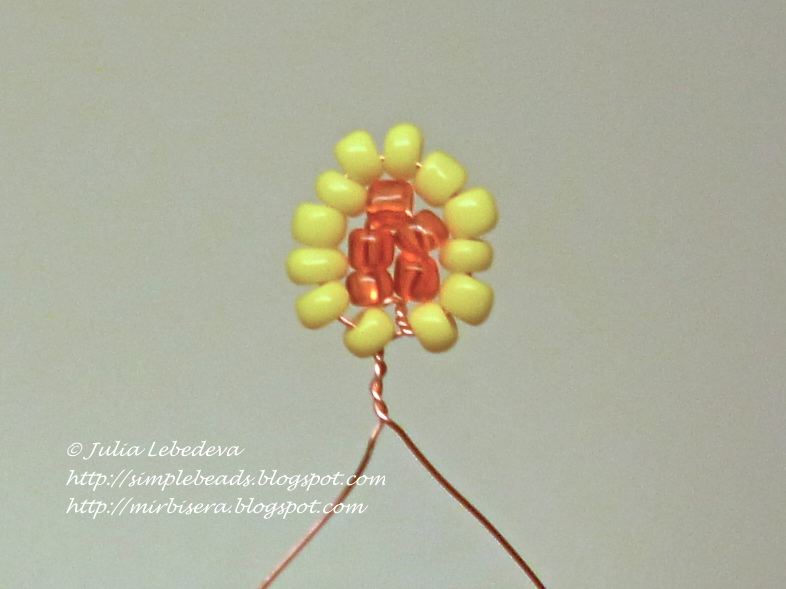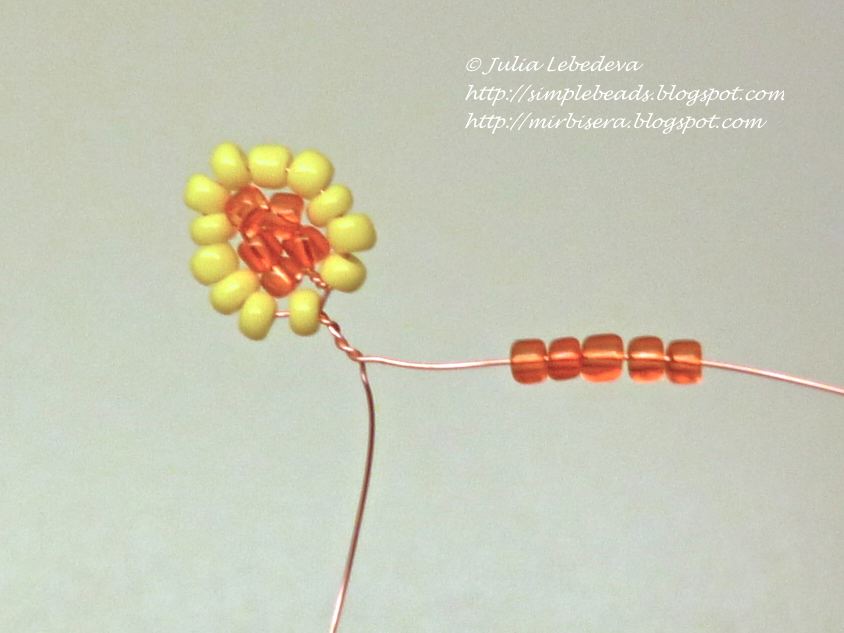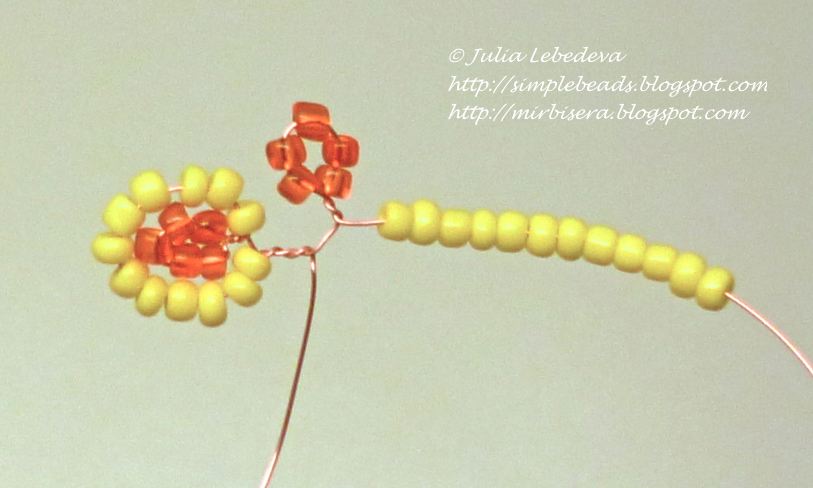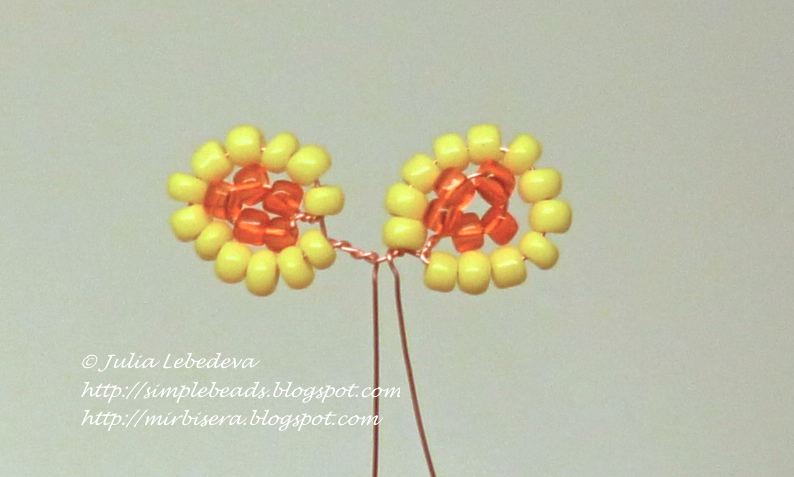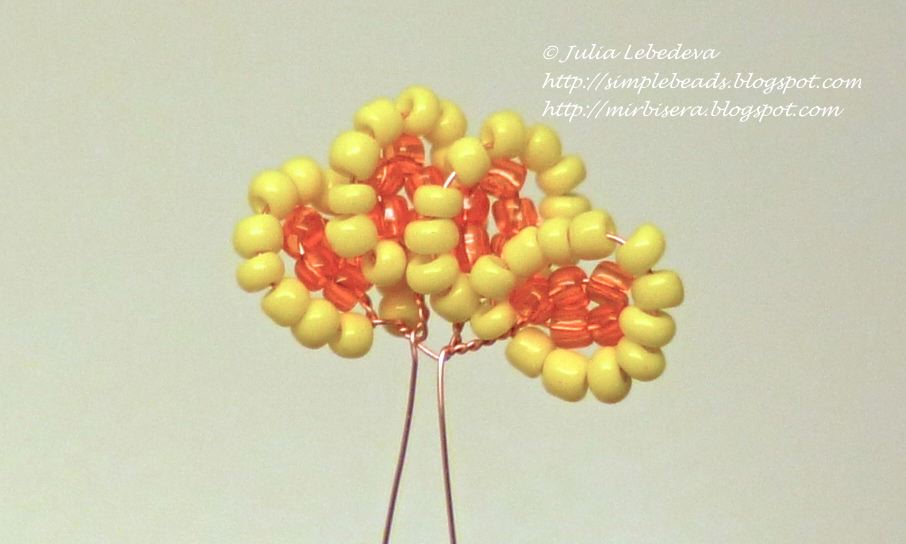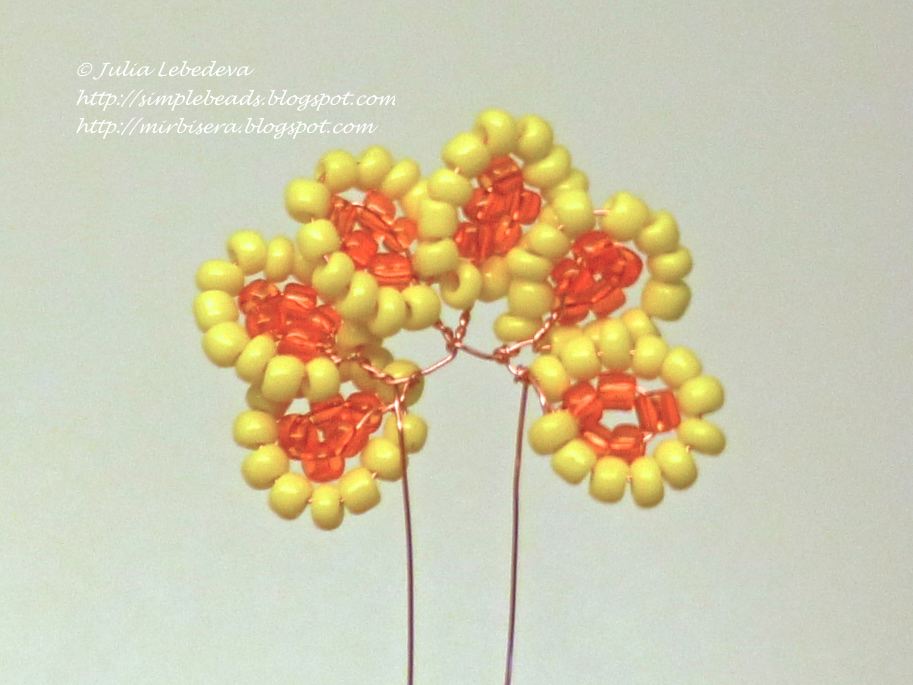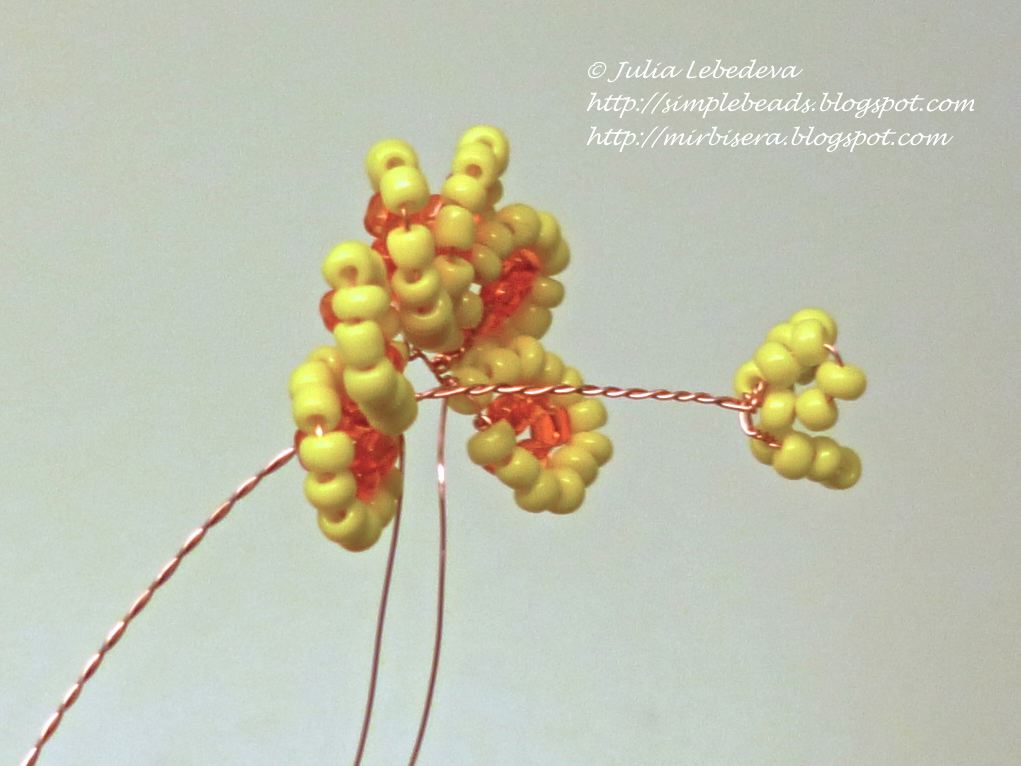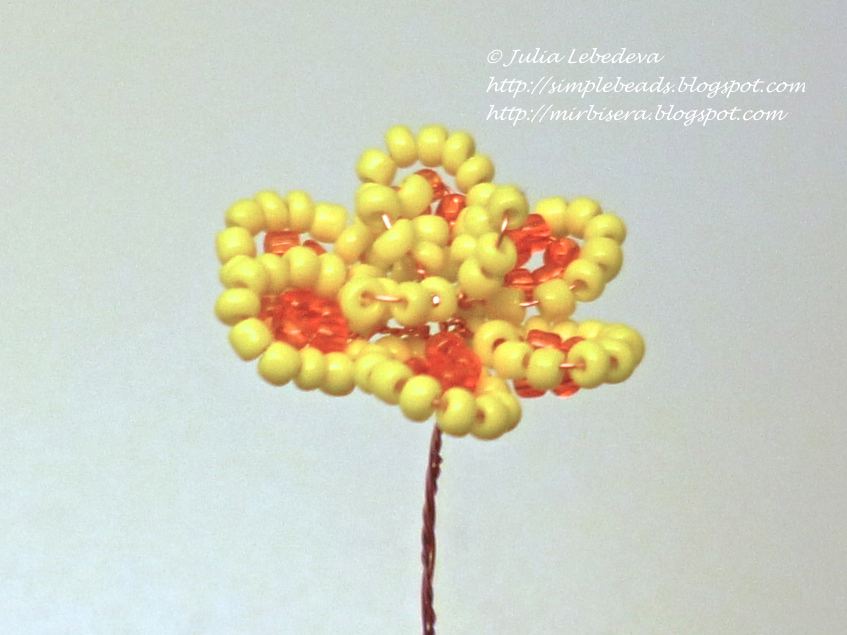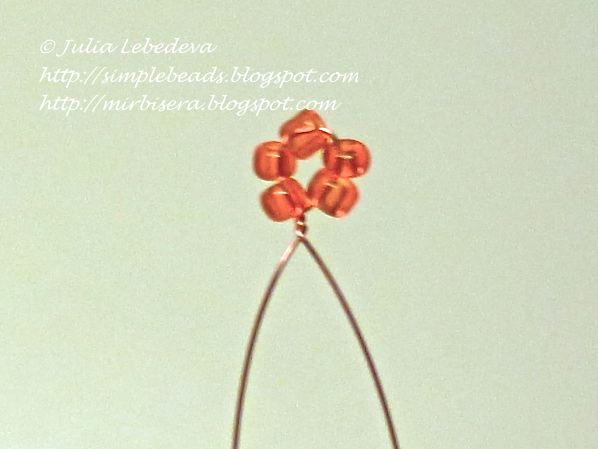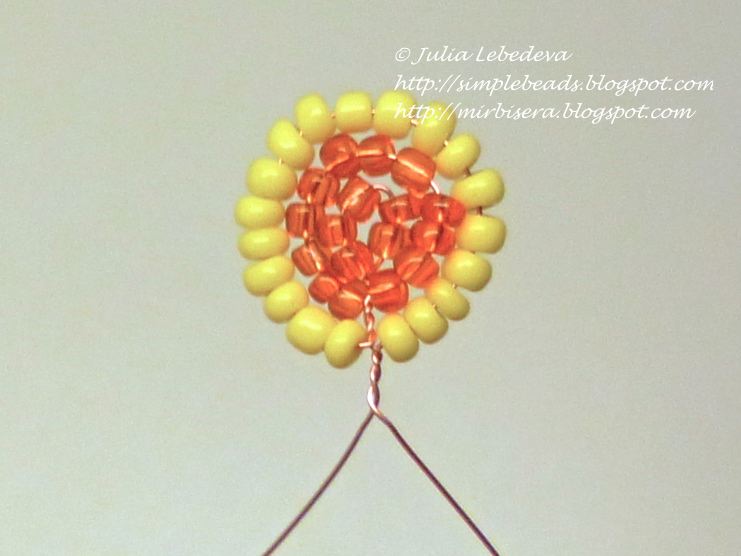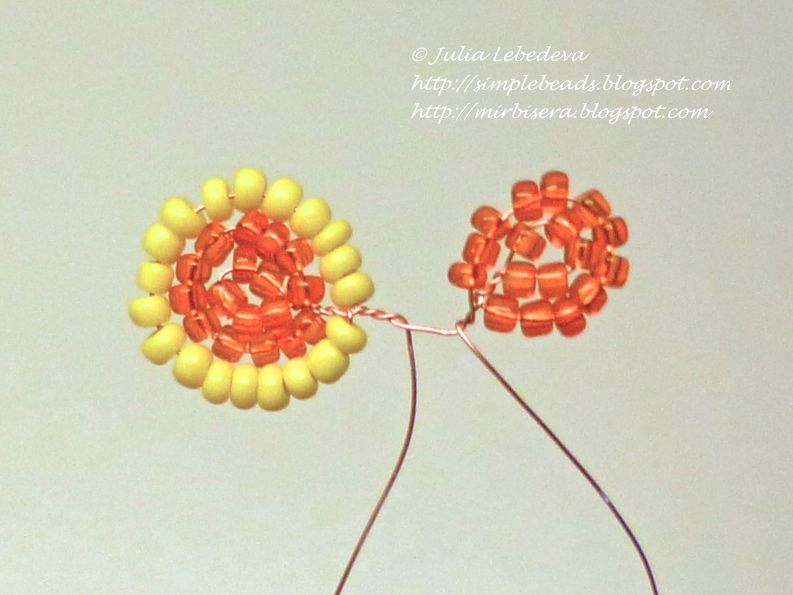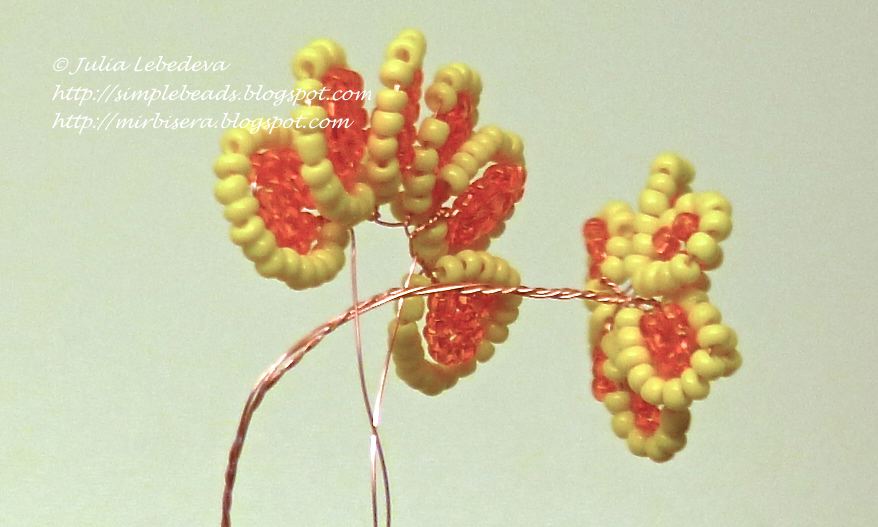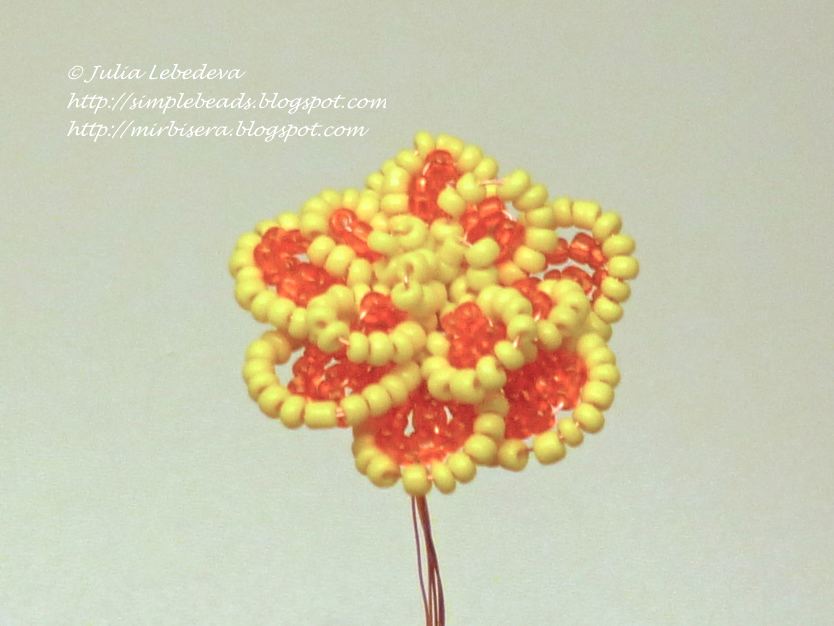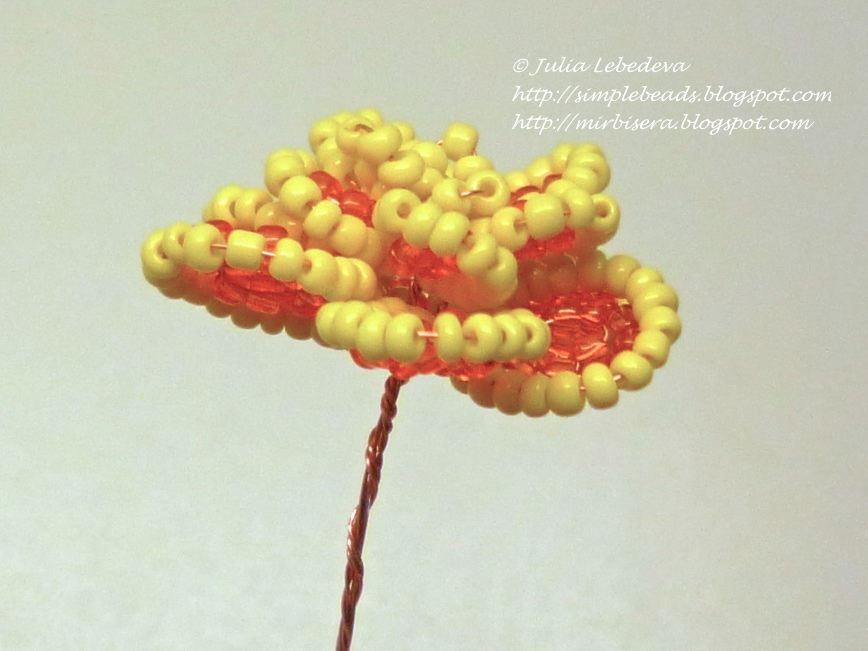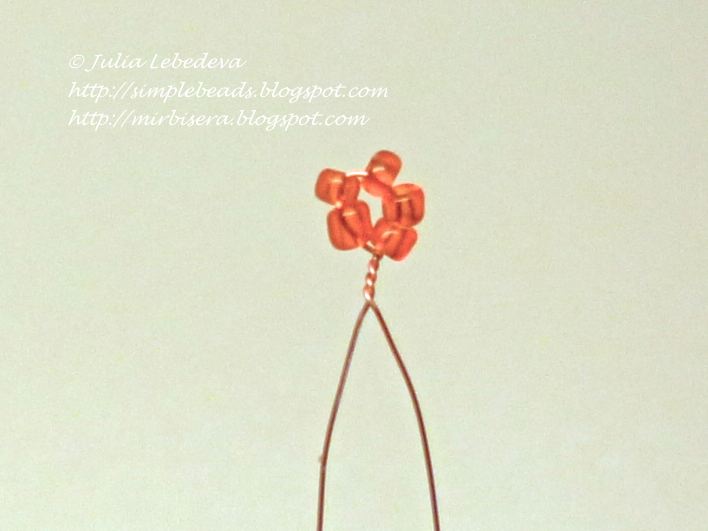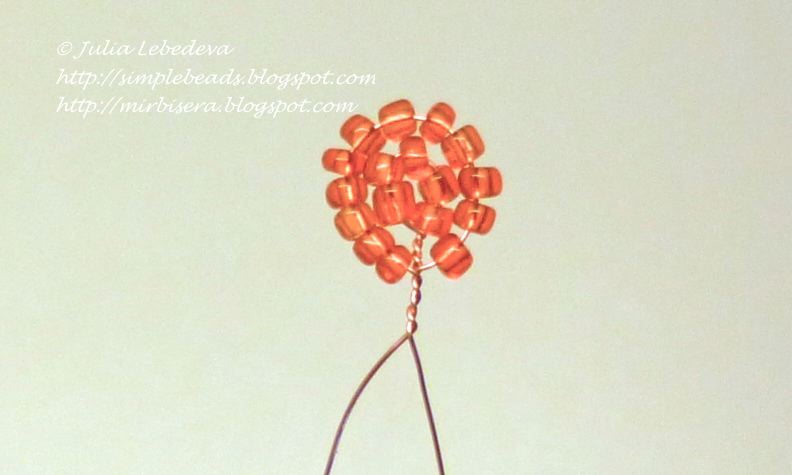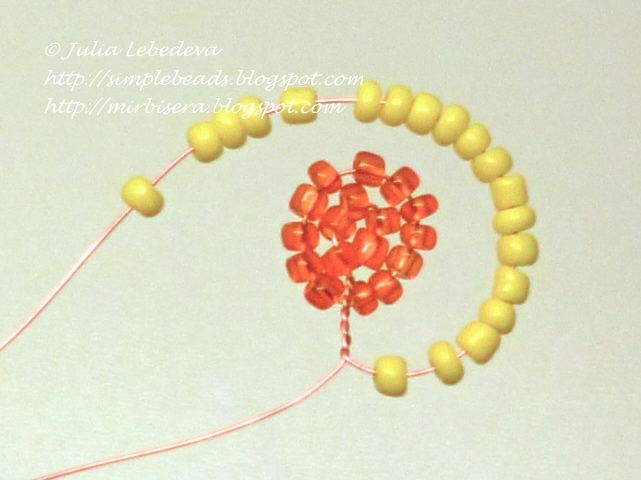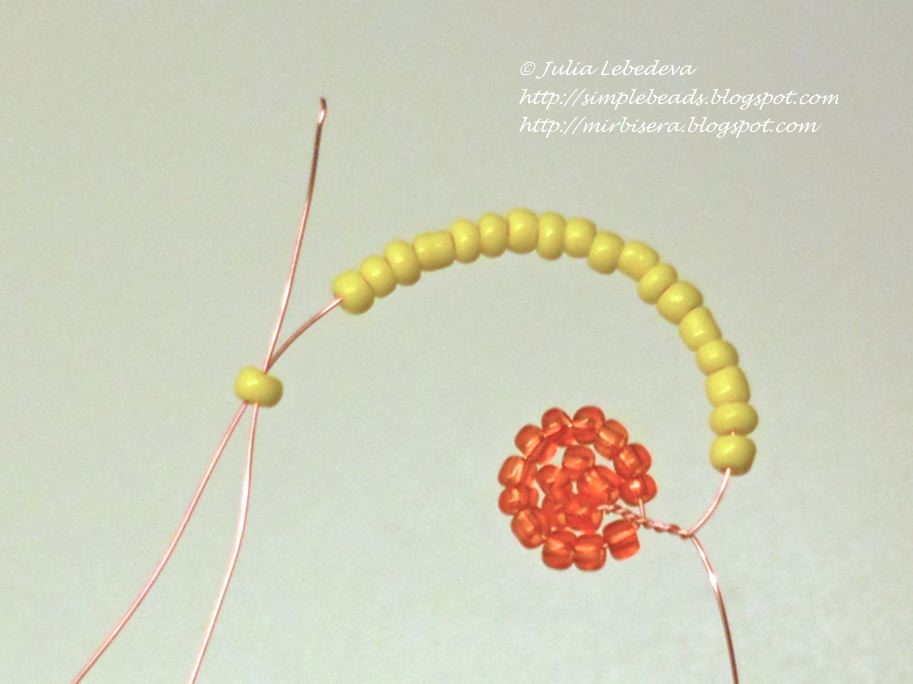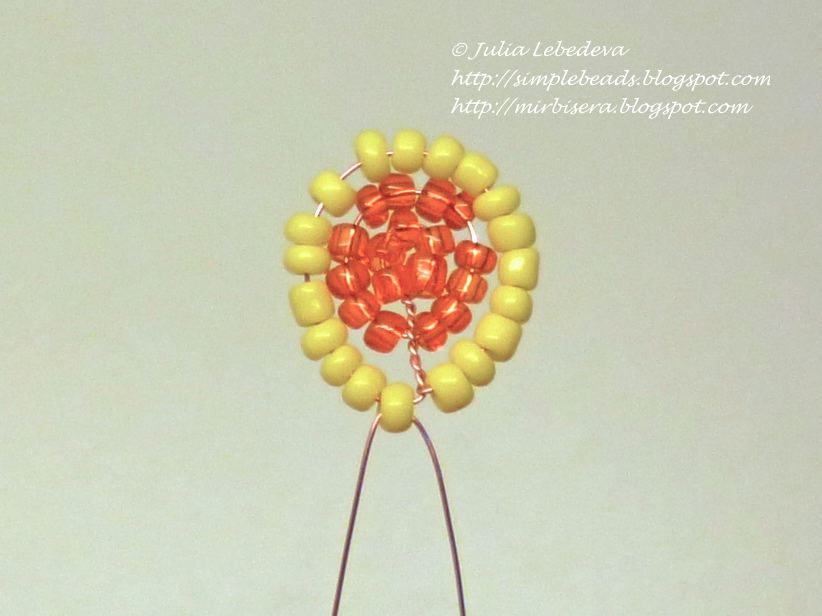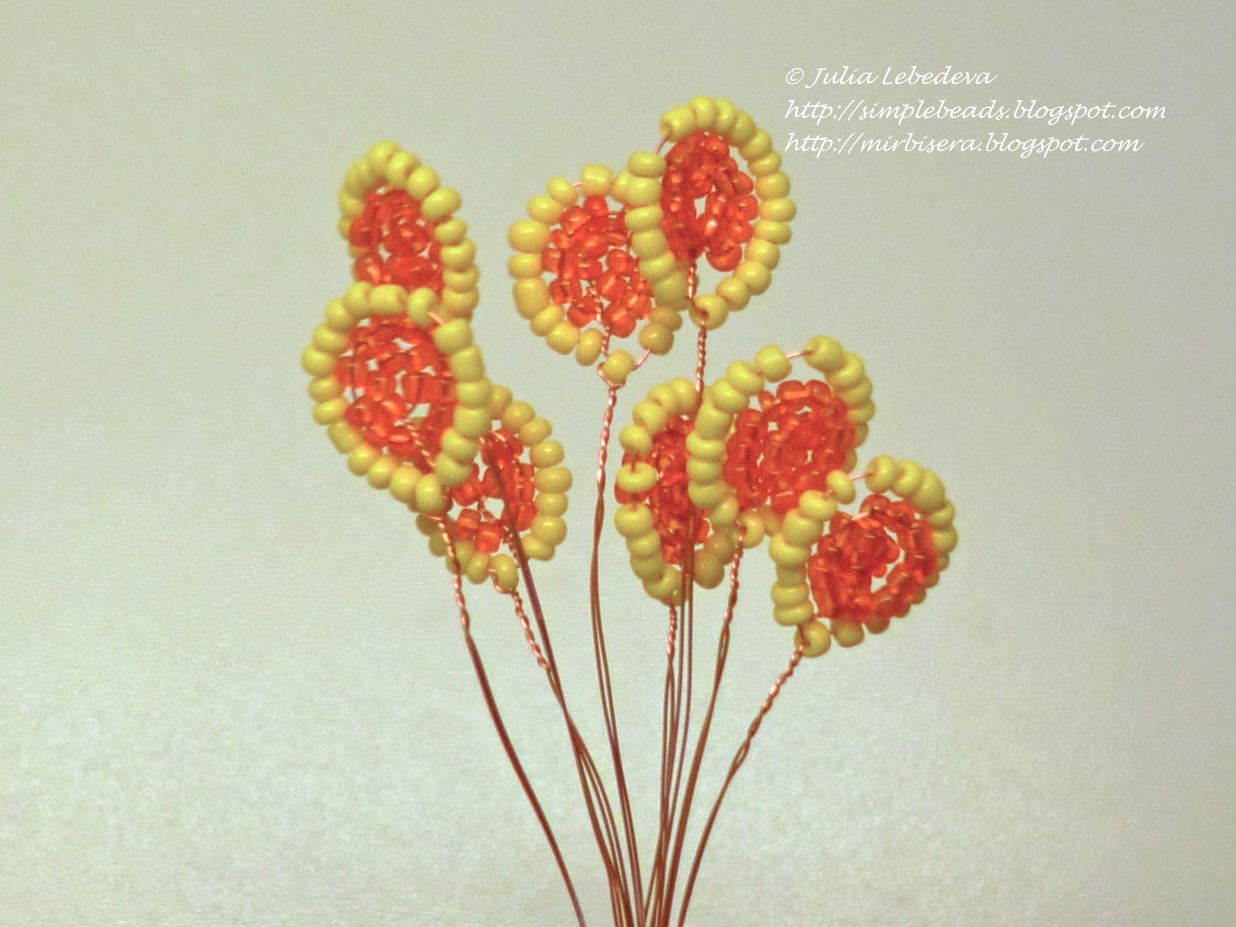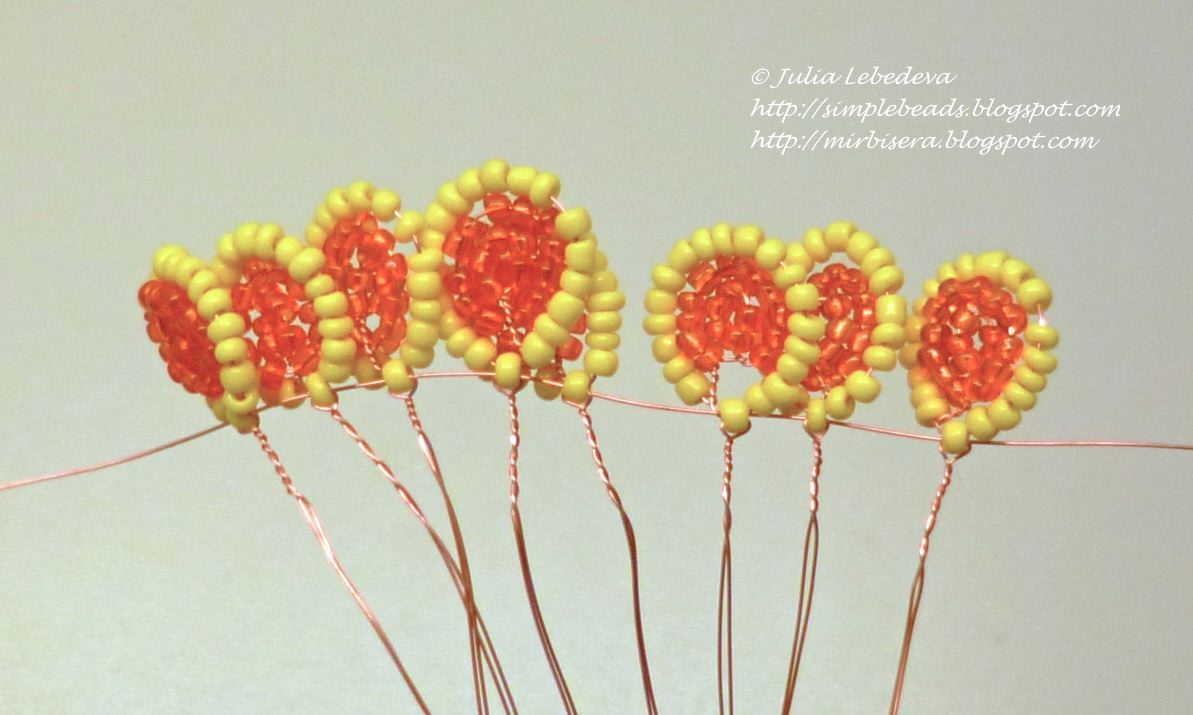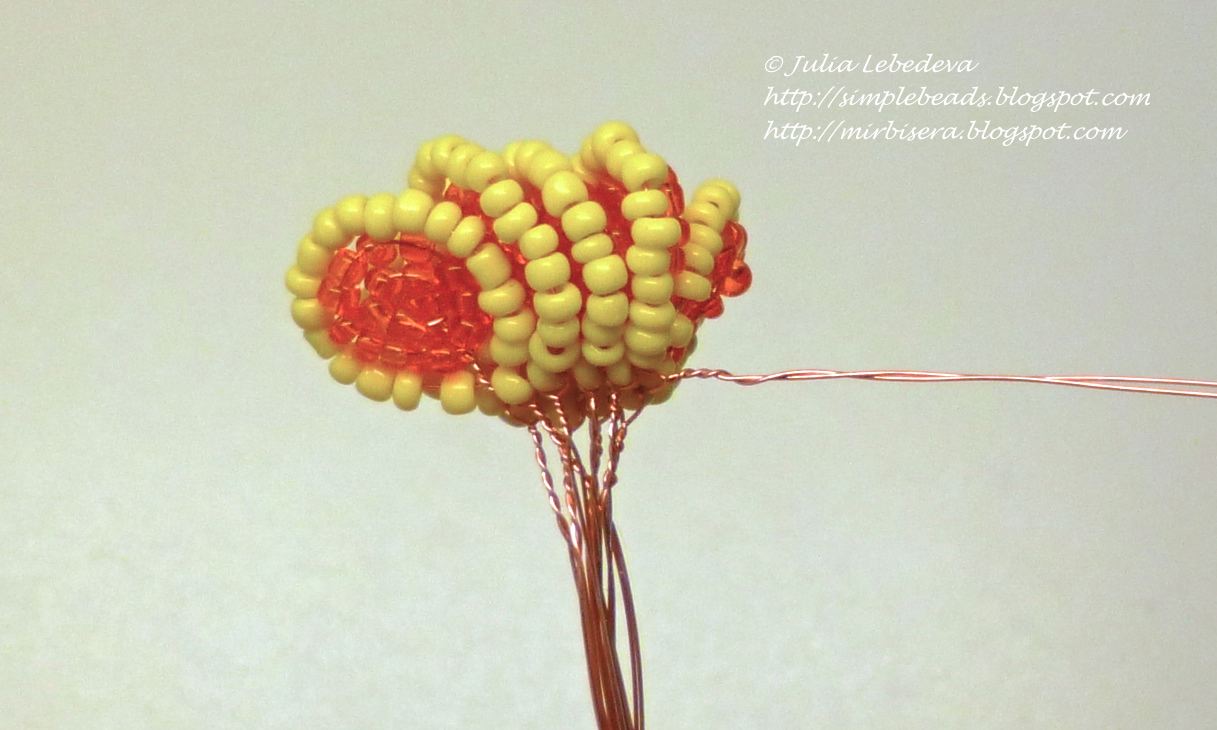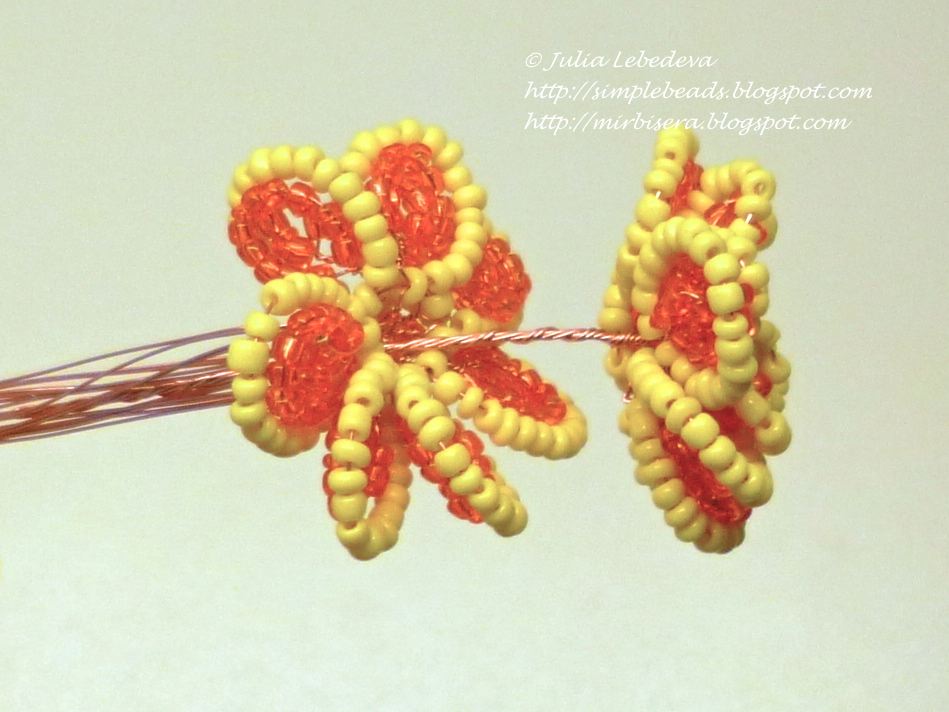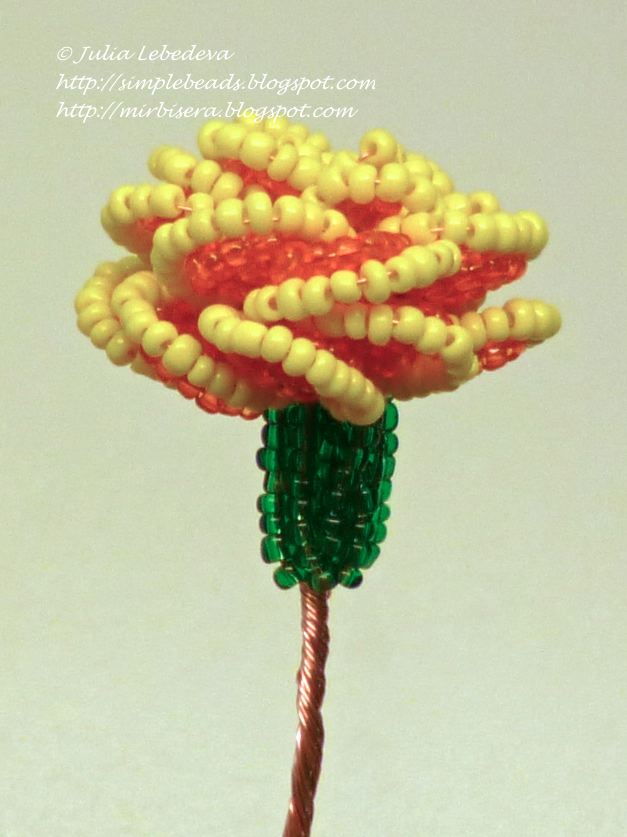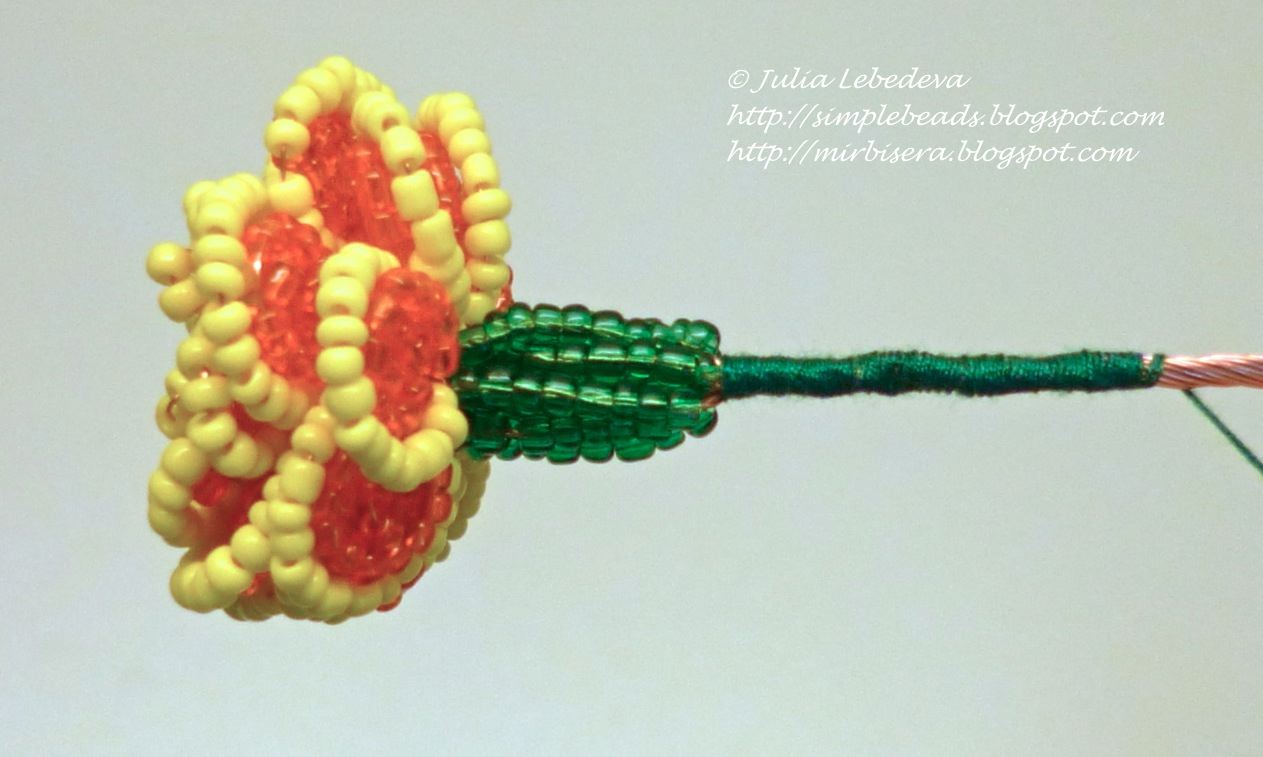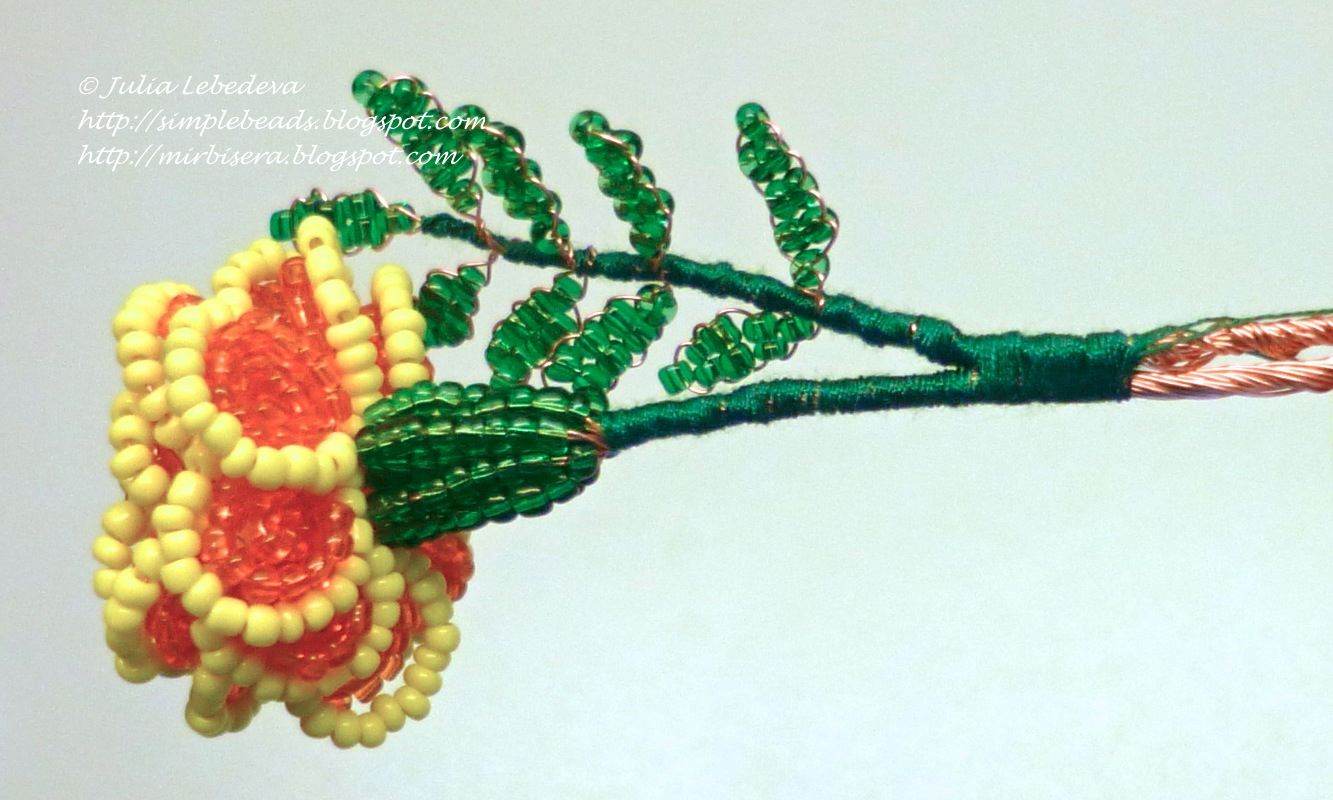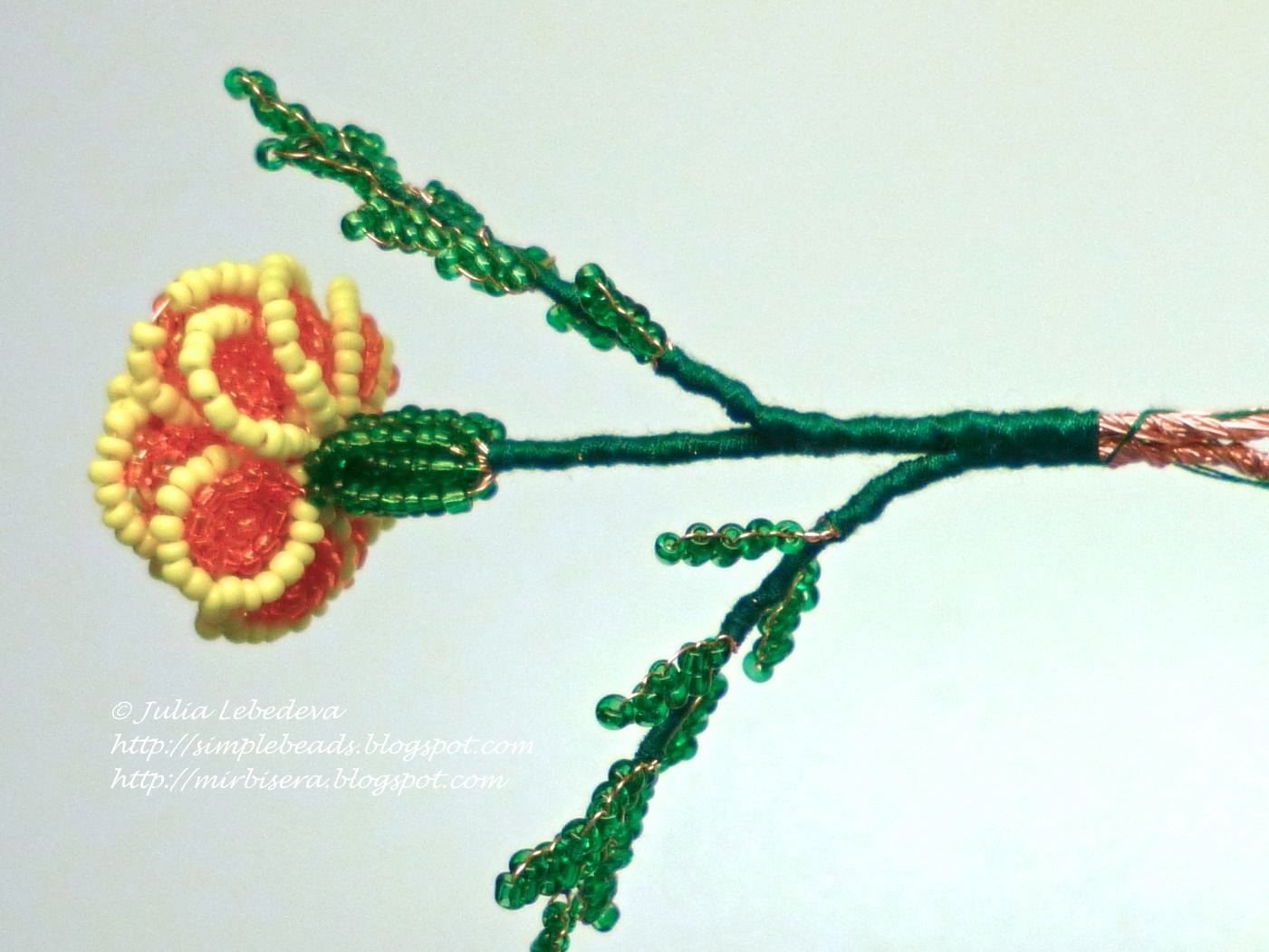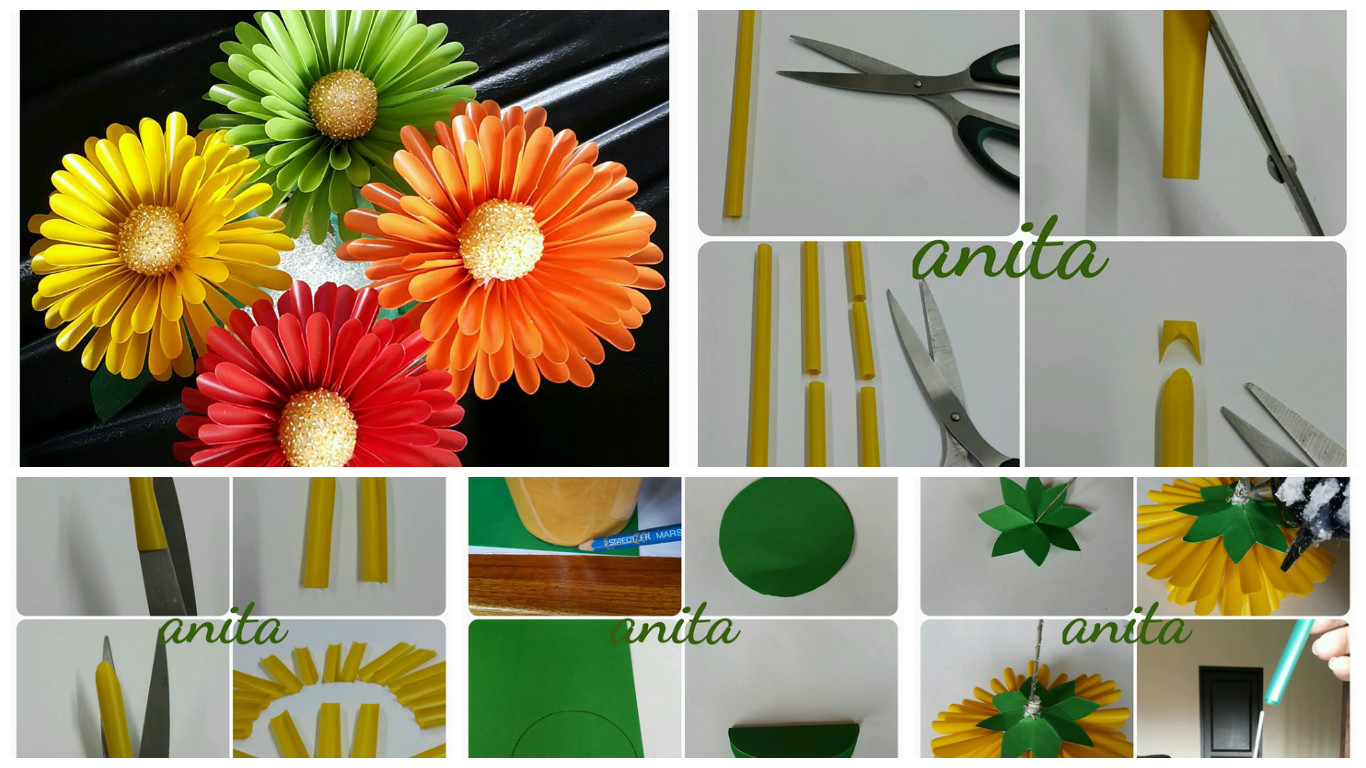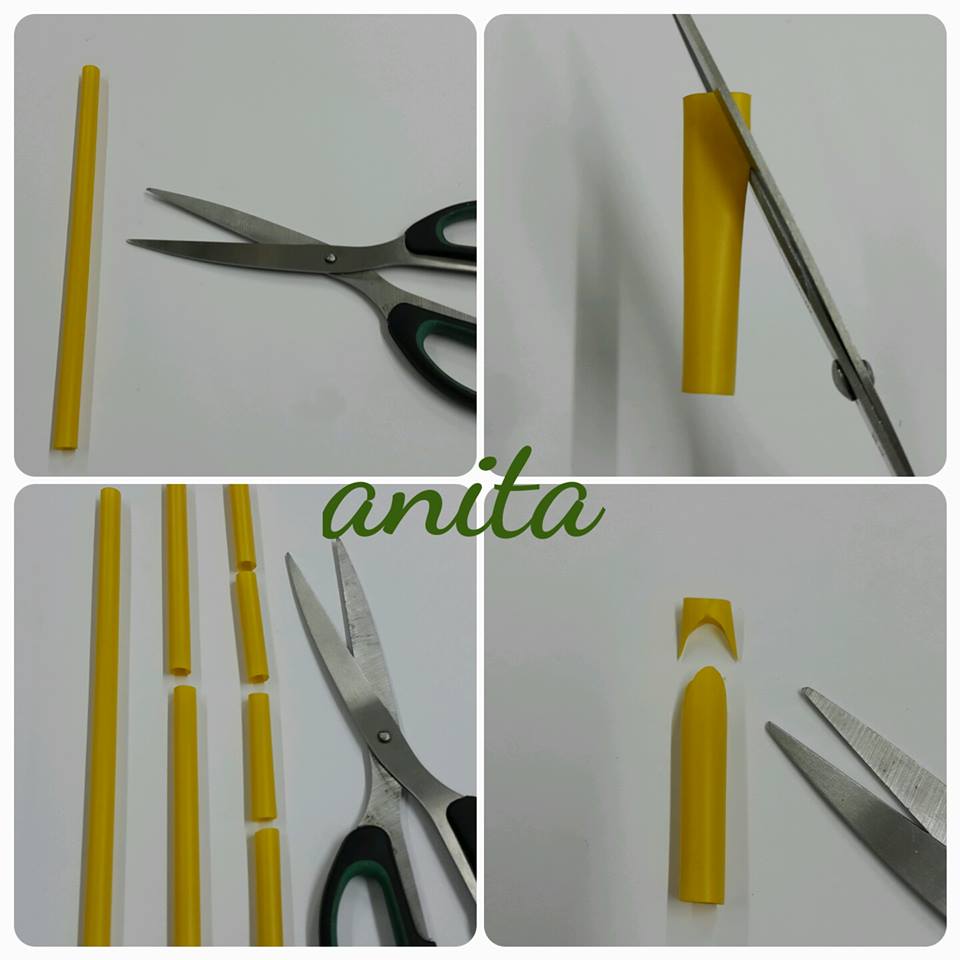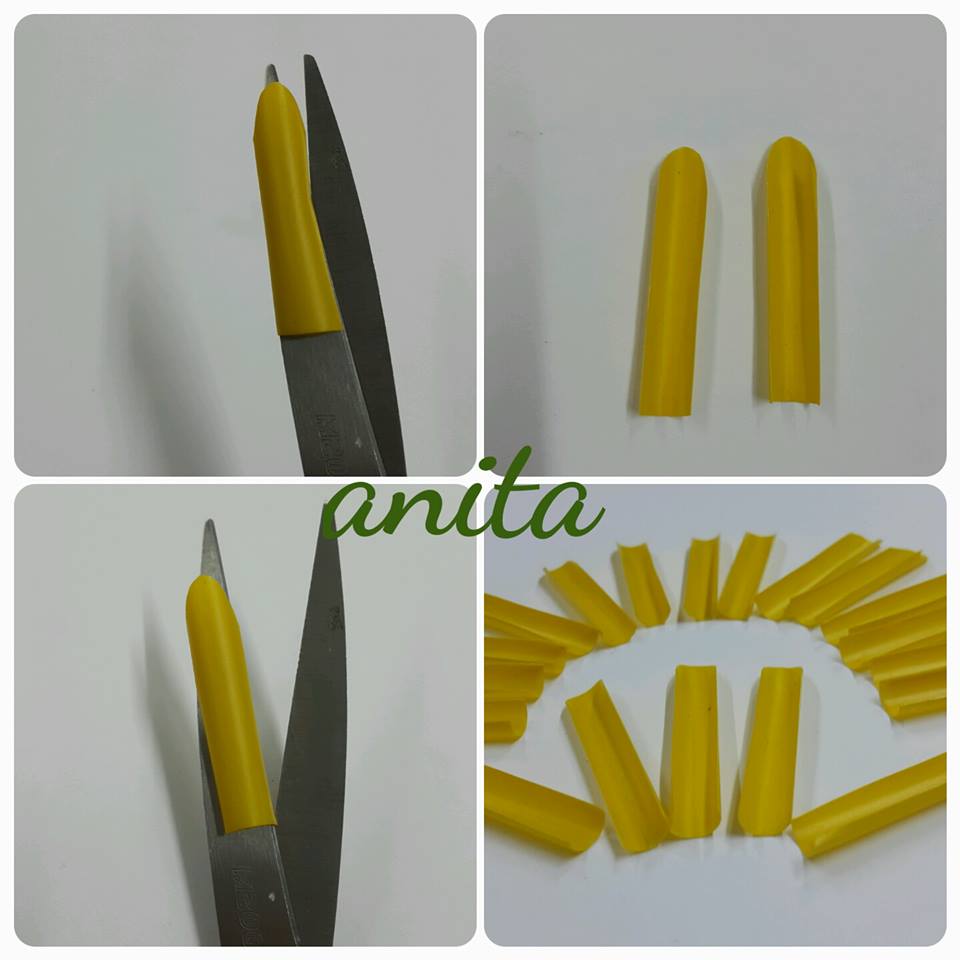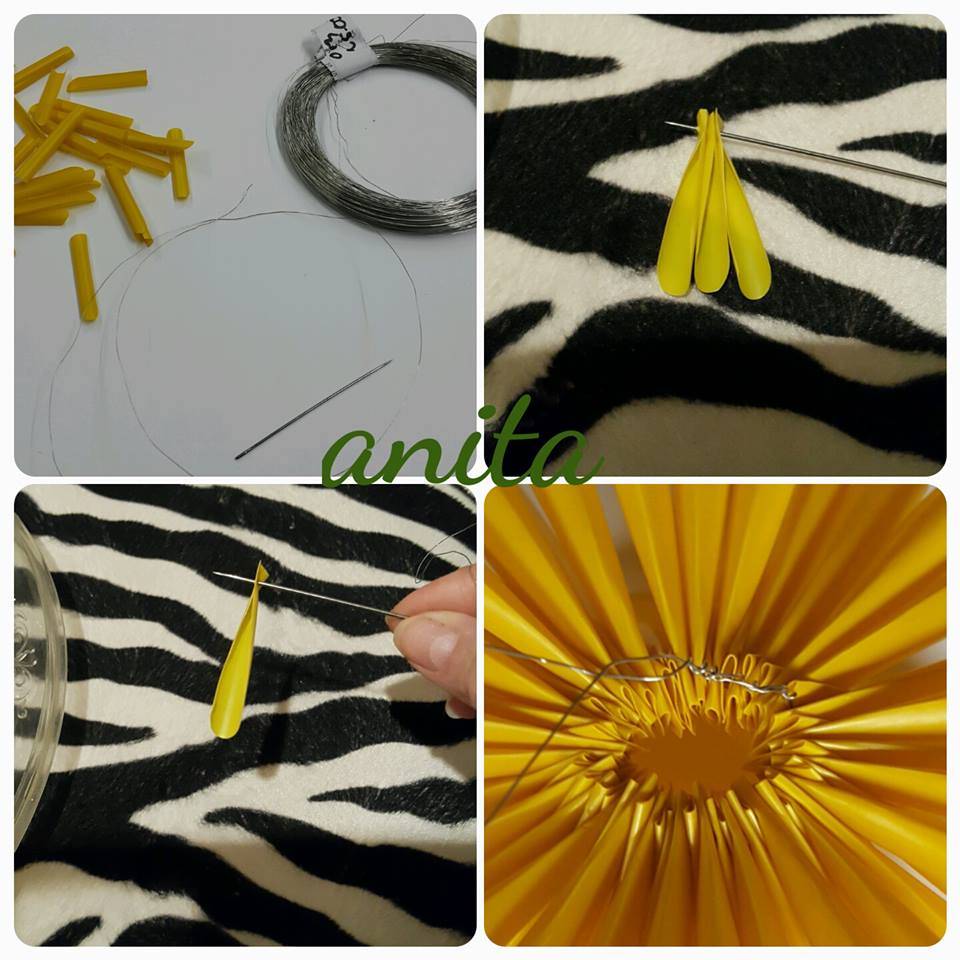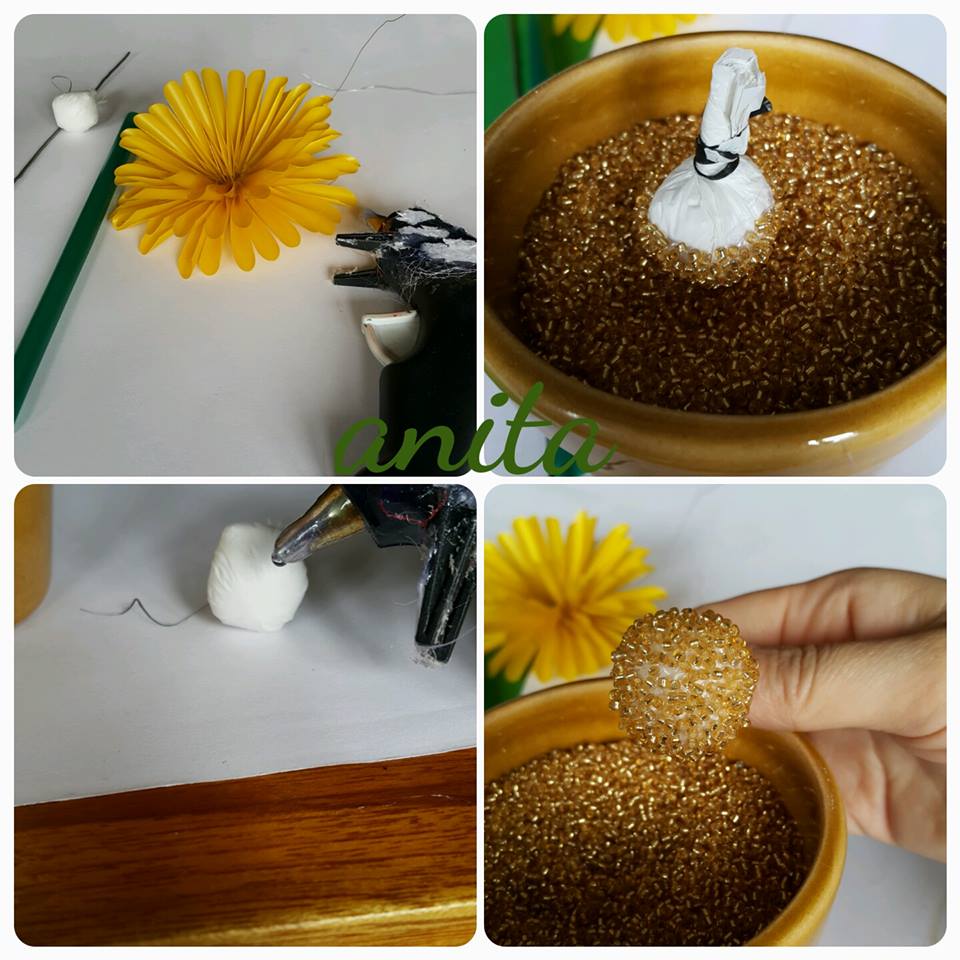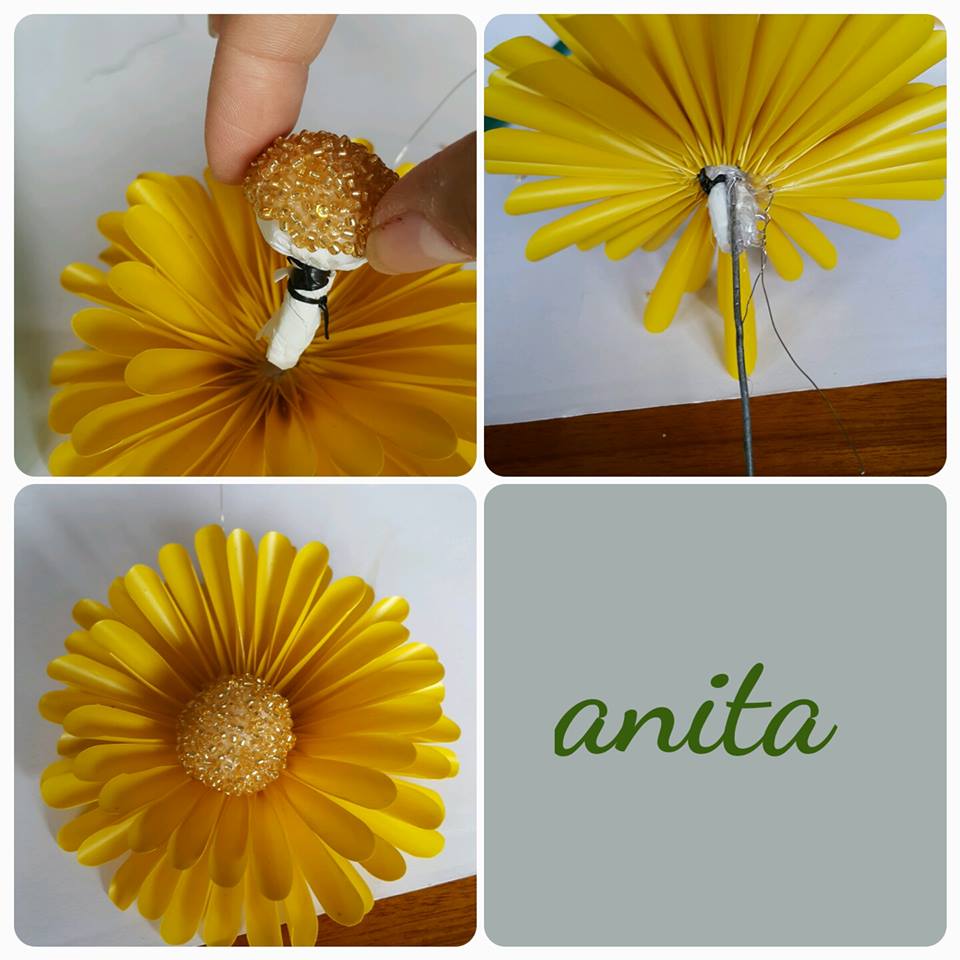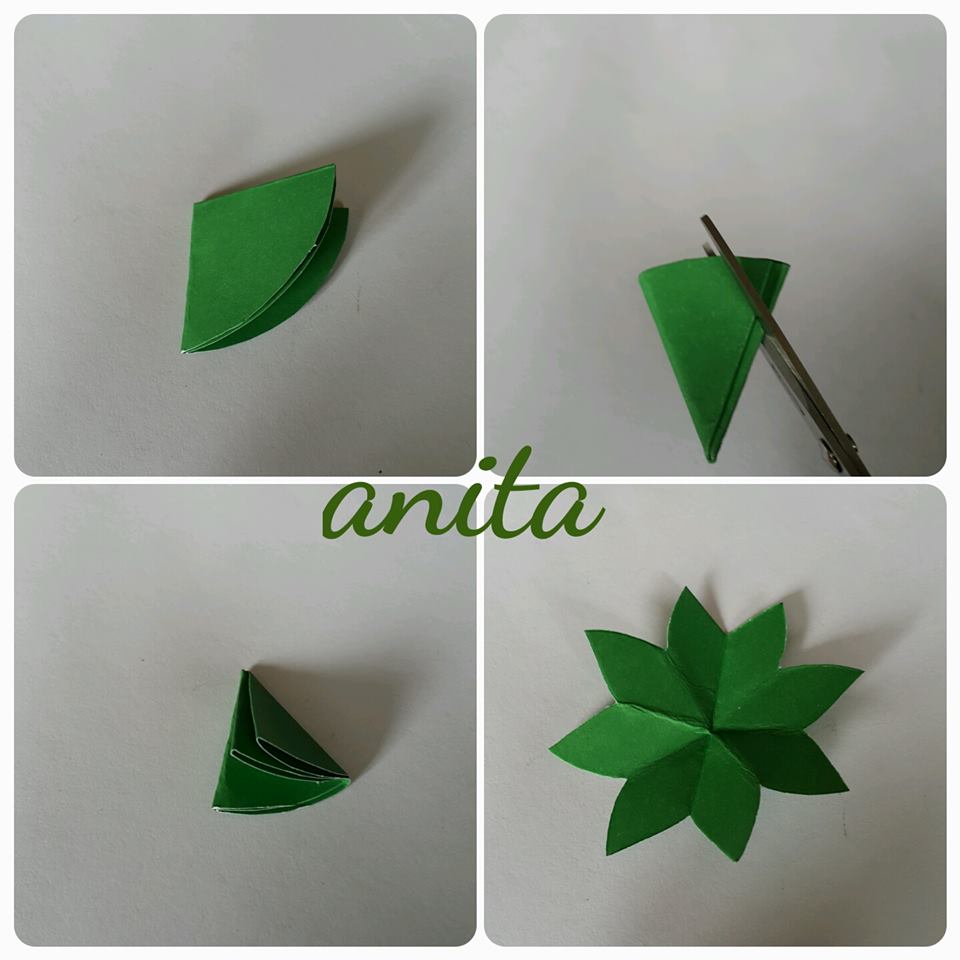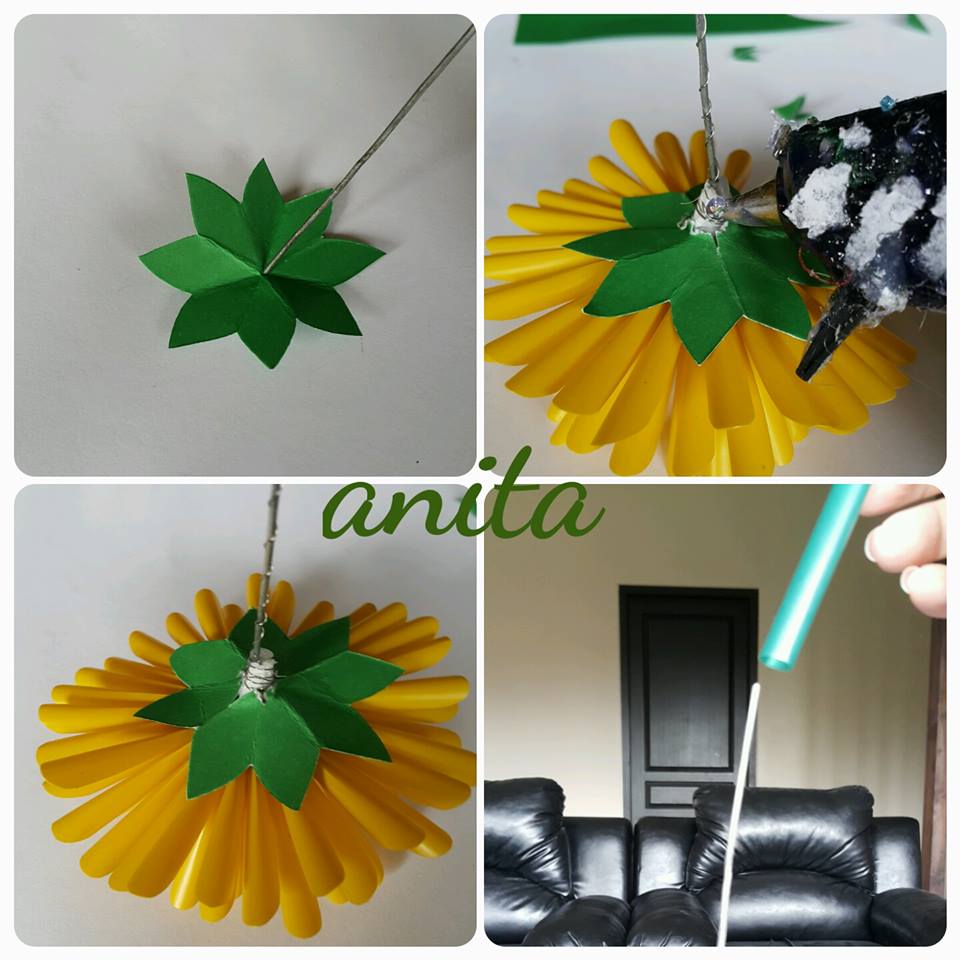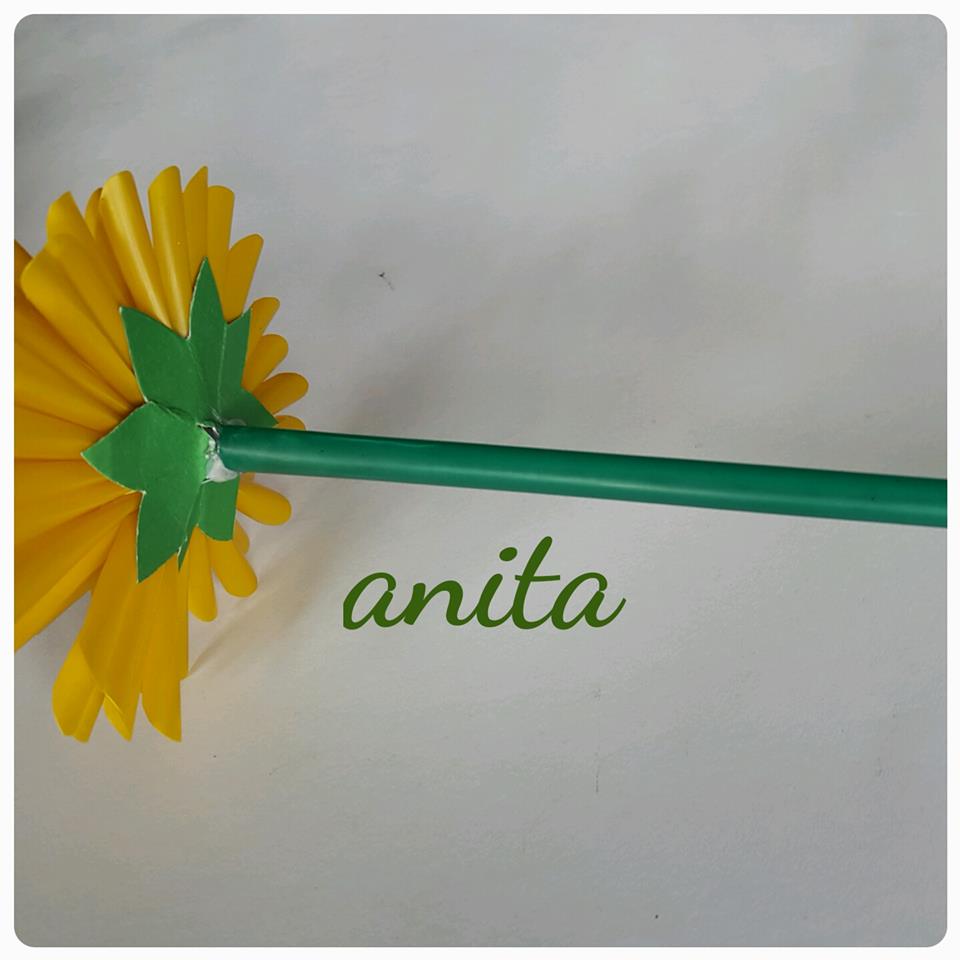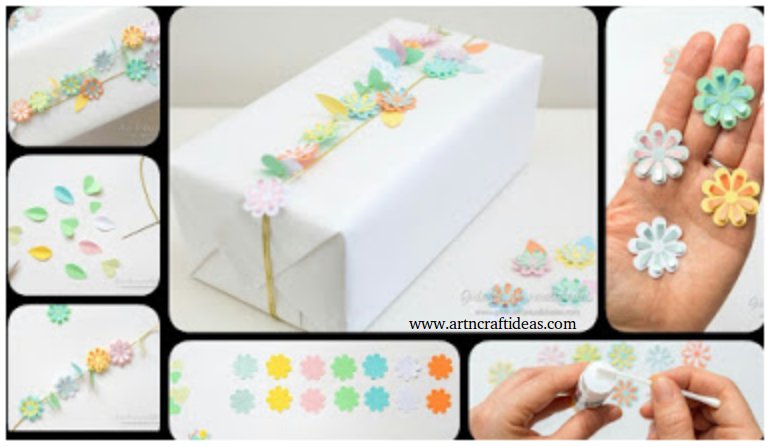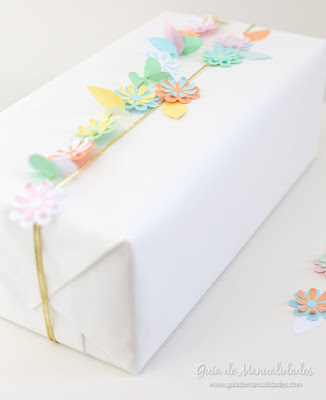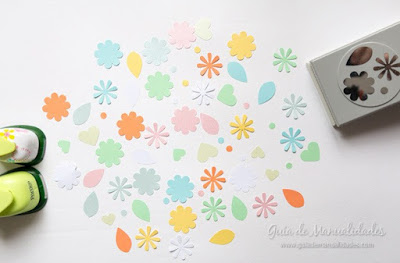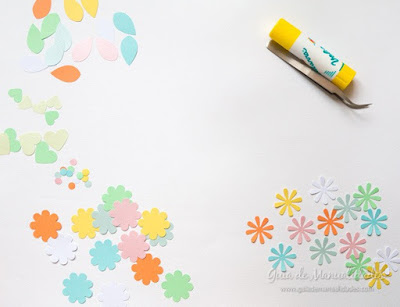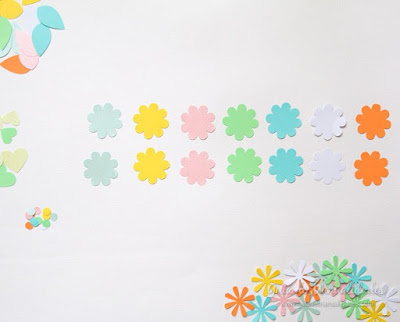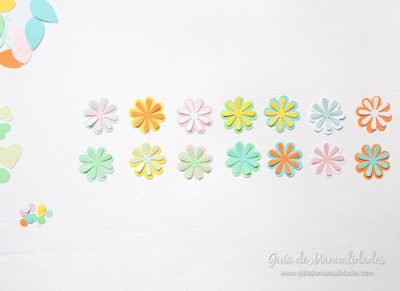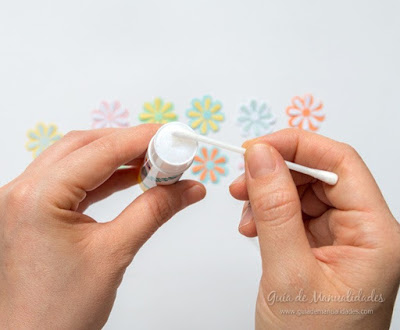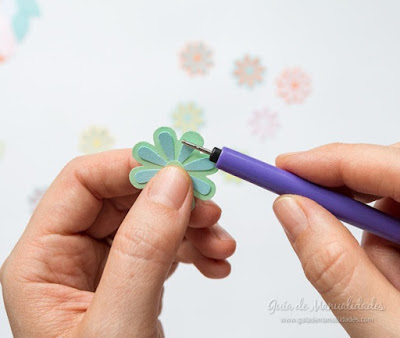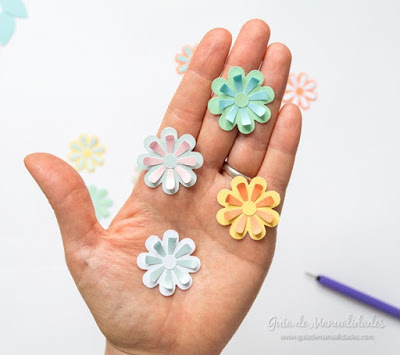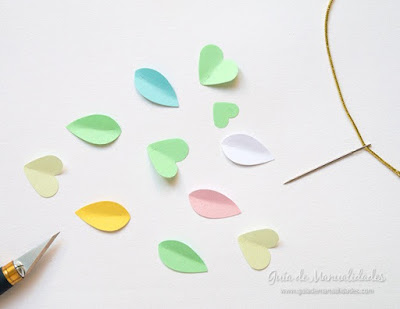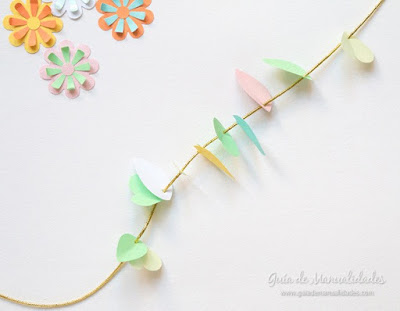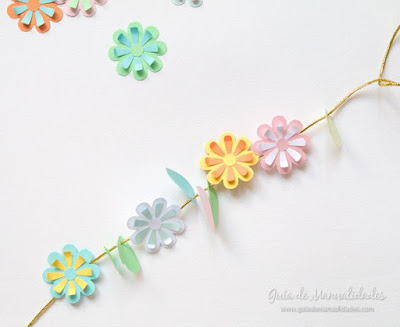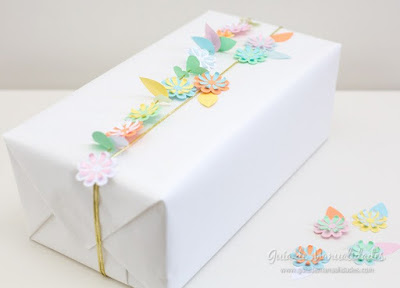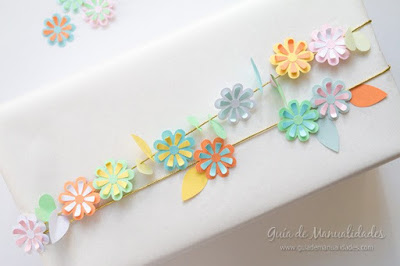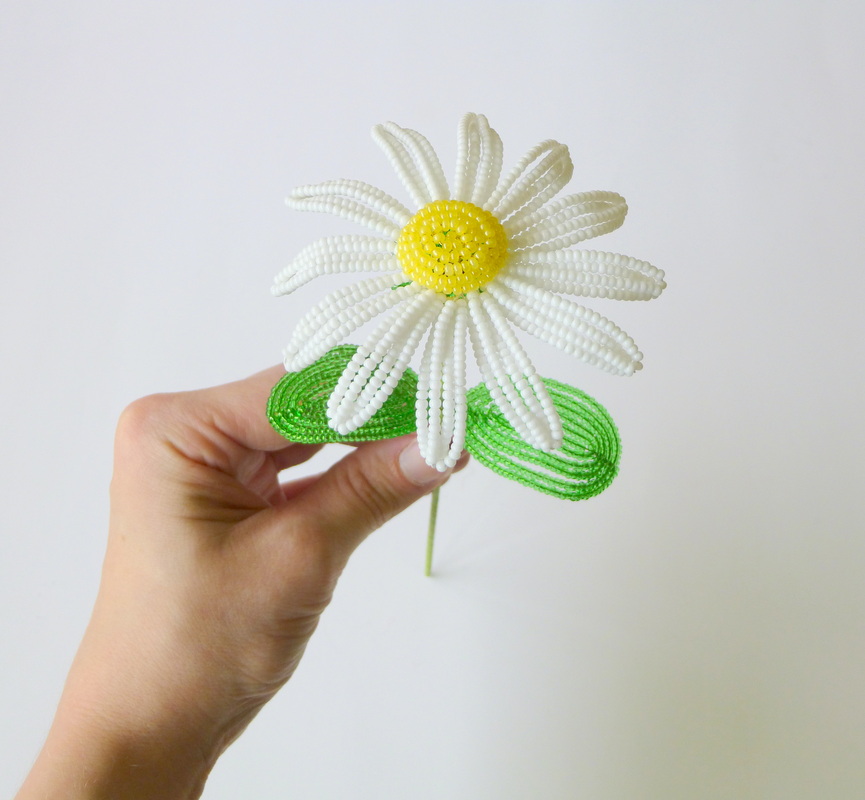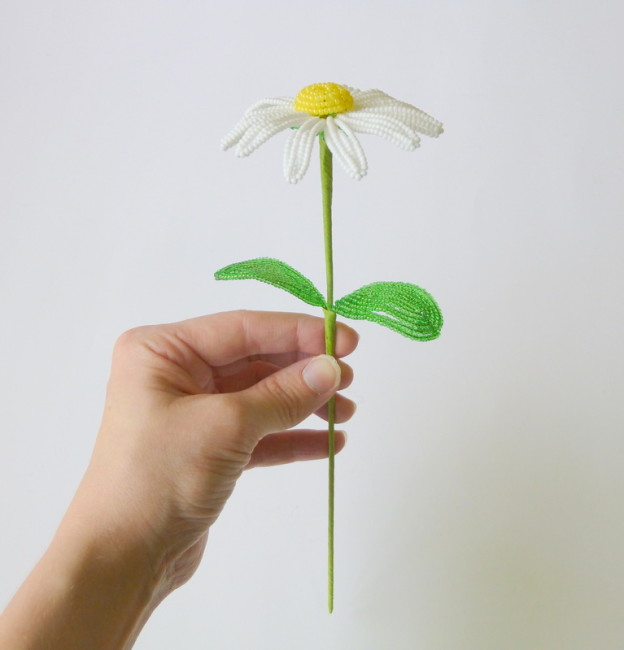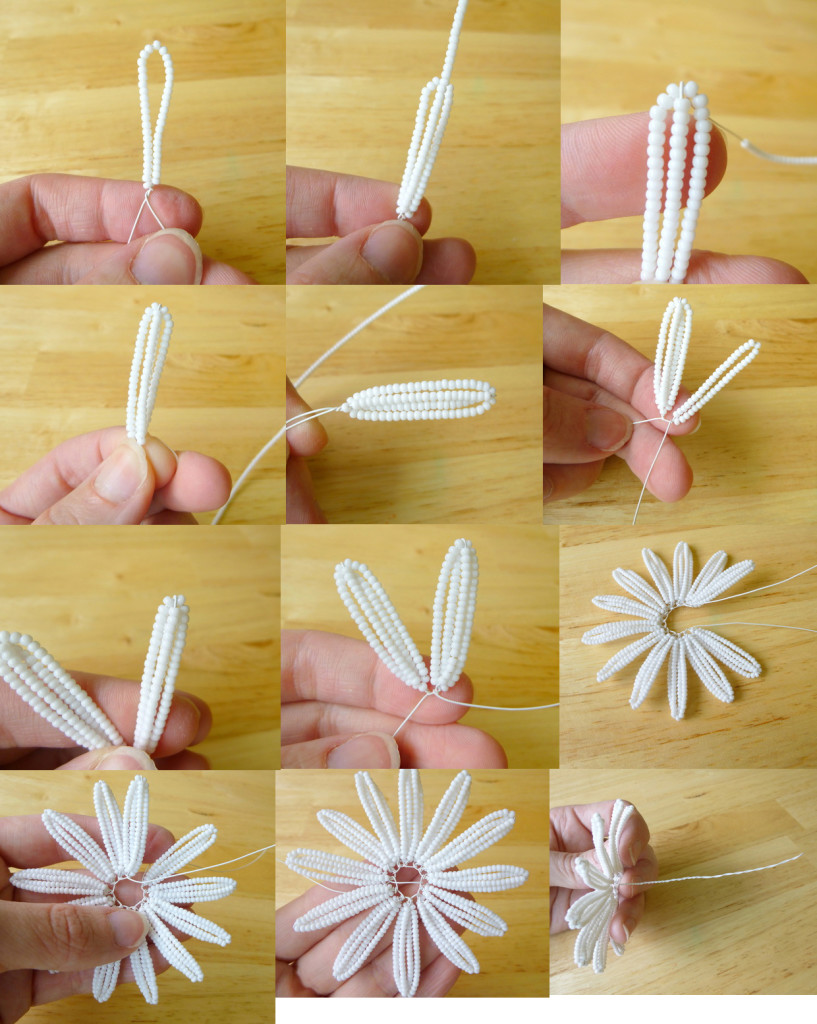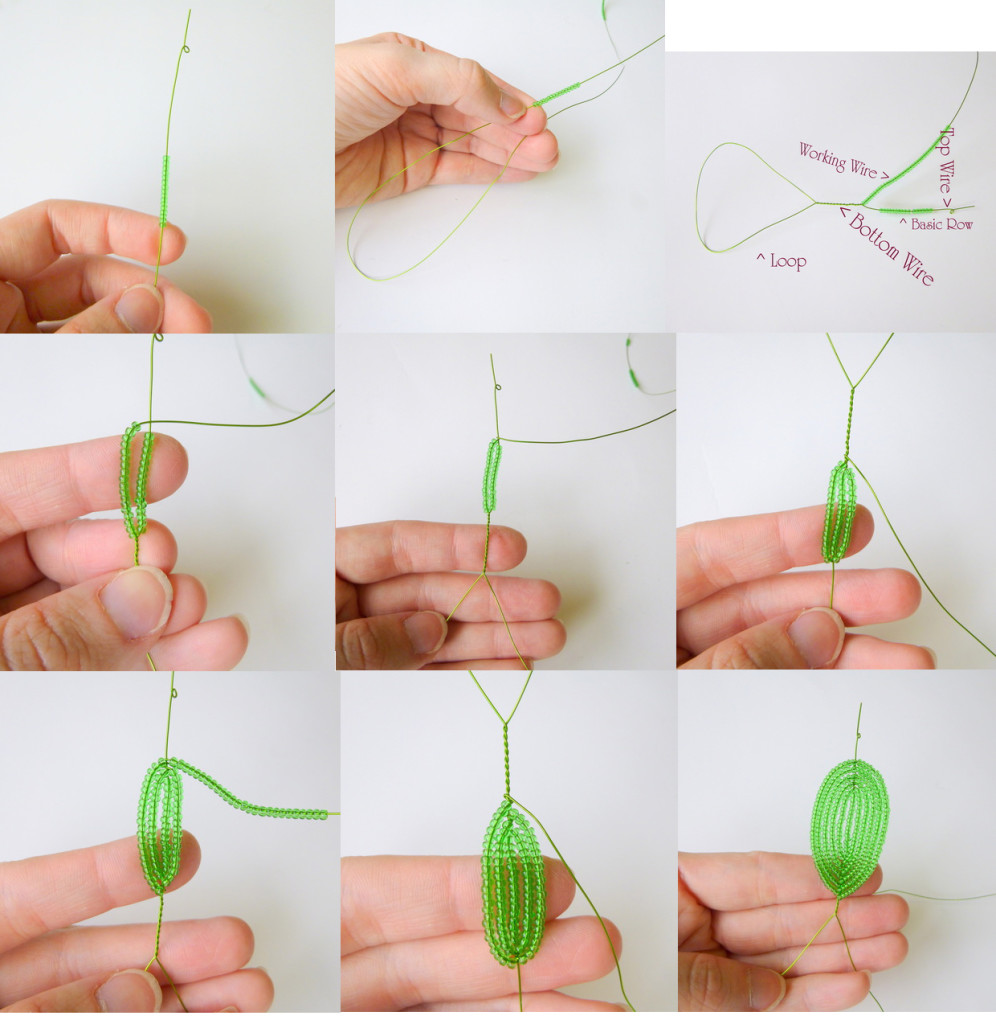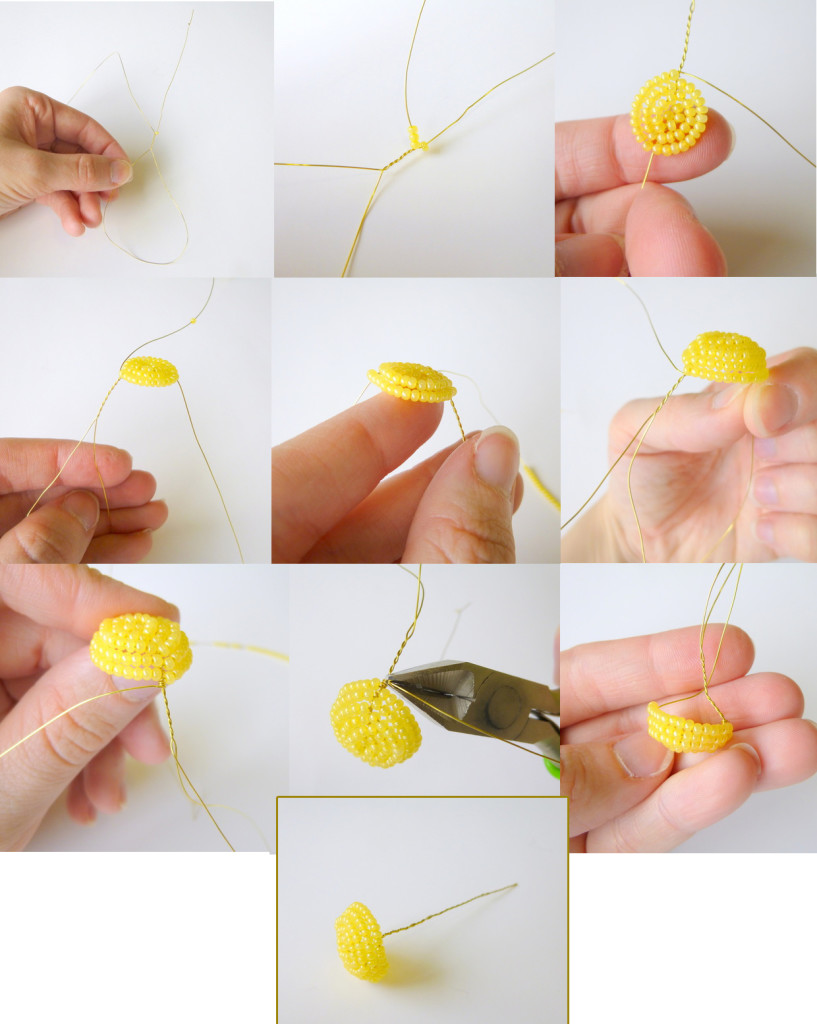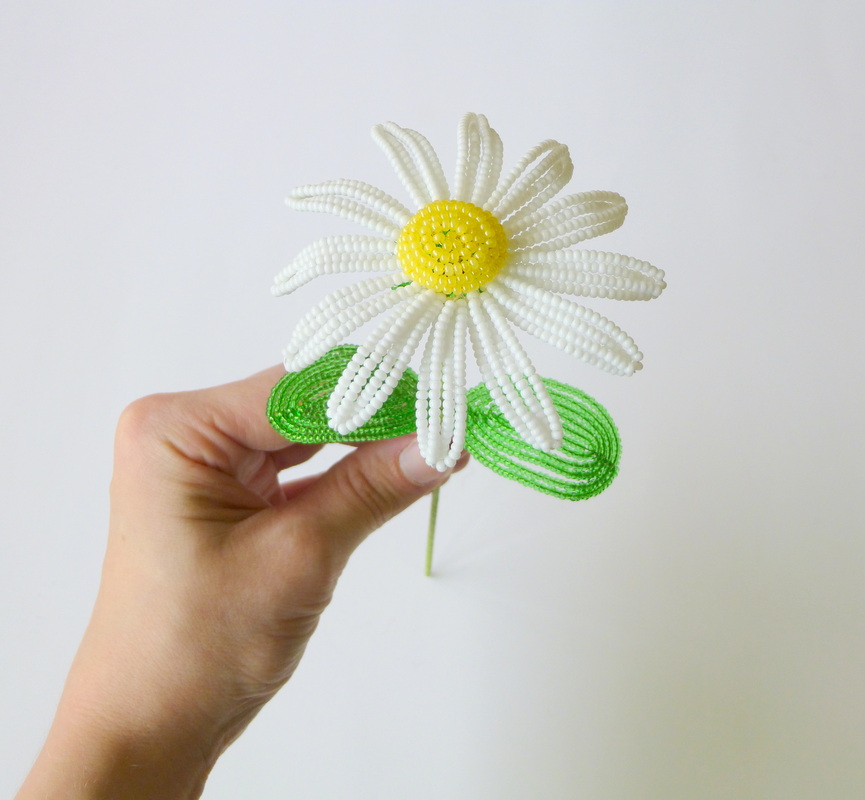Crafts from natural materials are perhaps the most favorite form of creativity in children of all ages. Working with natural materials retains heat and hands of the master and always carries a positive energy. Very beautiful crafts can be made from seashells, acorns, chestnuts, dried leaves, etc. But the most original, and at the same time easy to manufacture work can be obtained from the usual pumpkin seeds.
Pumpkin seeds – this is an easily accessible natural material to work with which it is possible at any time of the year. Pumpkin seeds can produce a wide variety of original crafts, such as floral bouquet. I bring to your attention a master class on making flowers of pumpkin seeds. These flowers turn out very beautiful and original, and most importantly – they are easy to make and do not require great physical and financial costs.
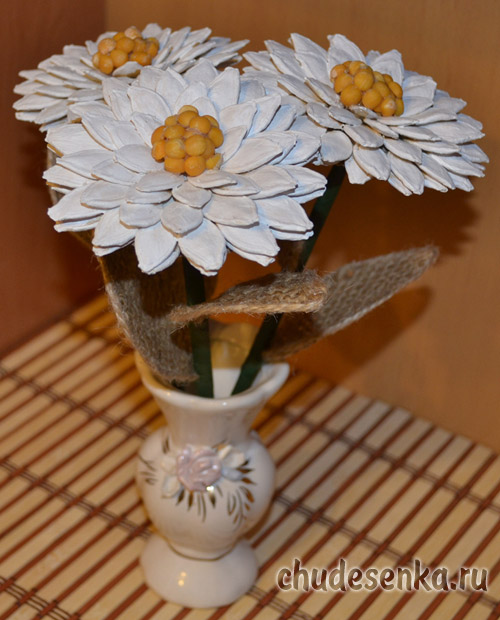
Required Material:
1. Pumpkin seeds;
2. Peas;
3. Silicone adhesive;
4. PVA glue;
5. Floral tape;
6. Hessian;
7. Wooden sticks;
8. cardboard sheet;
9. Jute yarn;
10. The compass;
11. Simple pencil;
12. Scissors;
13. Acrylic paint white;
14. Brush;
15. Ruler.
 Before you begin, you must treat the burlap so that it becomes rigid and does not crumble. To this mix of PVA glue and water in a proportion of 50 to 50 and fully put in the sack solution. After that, the fabric should be dried and ironed.
Before you begin, you must treat the burlap so that it becomes rigid and does not crumble. To this mix of PVA glue and water in a proportion of 50 to 50 and fully put in the sack solution. After that, the fabric should be dried and ironed.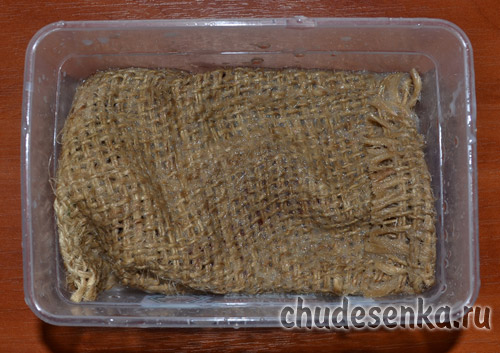 While dried burlap, let us direct manufacturer flowers. The basis for the colors to be a circle of cardboard. Using a compass draw a circle on the cardboard with a diameter of 6 cm., And cut it.
While dried burlap, let us direct manufacturer flowers. The basis for the colors to be a circle of cardboard. Using a compass draw a circle on the cardboard with a diameter of 6 cm., And cut it.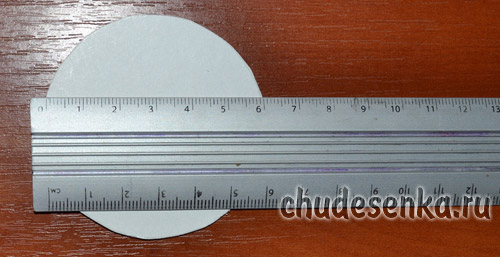 Now take the pumpkin seeds and using a silicone adhesive or glue “Moment”, pasted them in a circle. Paste the seeds so that their sharp edge was on top.
Now take the pumpkin seeds and using a silicone adhesive or glue “Moment”, pasted them in a circle. Paste the seeds so that their sharp edge was on top. The first row of seeds prepared.
The first row of seeds prepared. Now just glue the seeds of the second row.
Now just glue the seeds of the second row.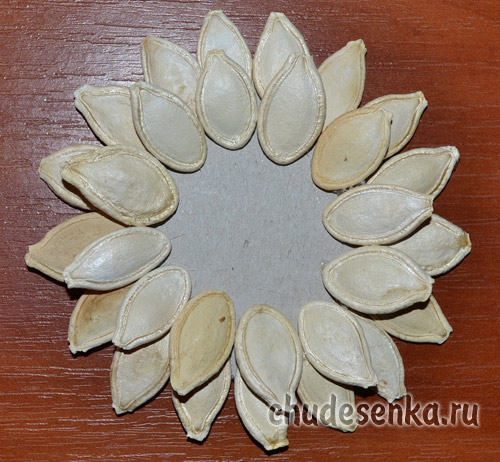 Sunflower seeds in the second row should be staggered and overlapping with respect to the first row. Also, do the third and fourth rows of seeds.
Sunflower seeds in the second row should be staggered and overlapping with respect to the first row. Also, do the third and fourth rows of seeds.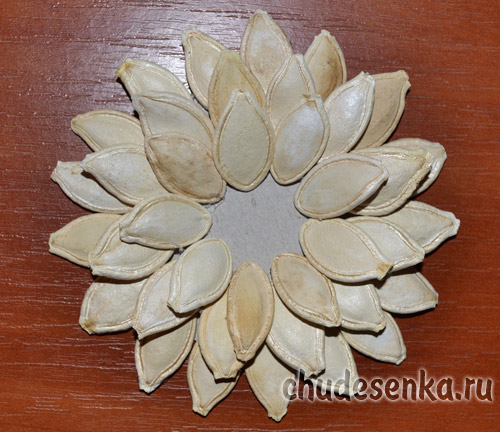

The middle of the flower reserve not glued.
Now we turn over our flowered on the back side and glue have to this side of a row of seeds.

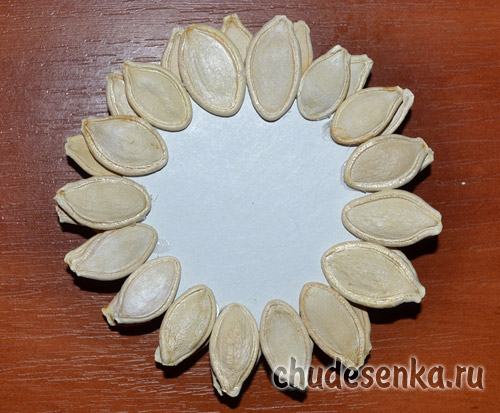 Since our bouquet will consist of three colors, then make three for flowers.
Since our bouquet will consist of three colors, then make three for flowers.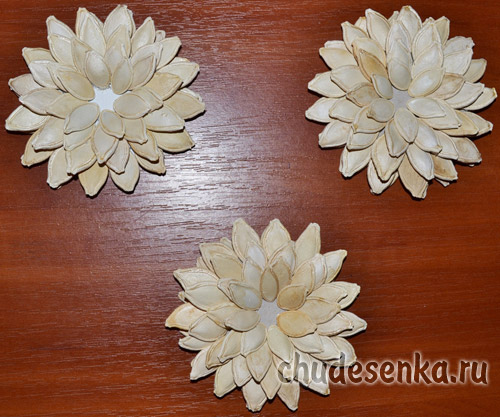 Pumpkin seeds, which we used for the flower petals are not very beautiful yellowish tint, so we using white acrylic paint, paint them white.
Pumpkin seeds, which we used for the flower petals are not very beautiful yellowish tint, so we using white acrylic paint, paint them white.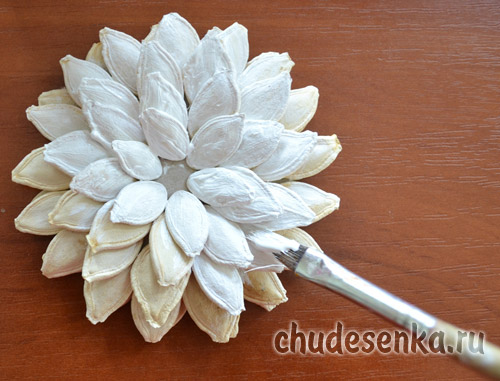 We leave flowers alone until they are completely dry.
We leave flowers alone until they are completely dry.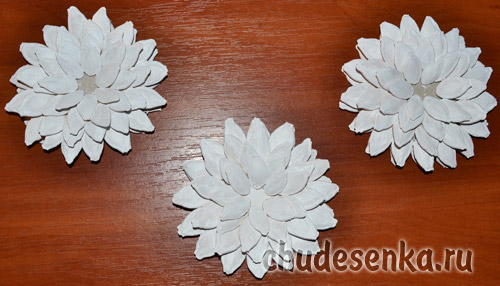 Until the paint is dry, we do not lose time in vain and will prepare two cardboard parts: a circle with a diameter of 6 cm, and lepestochek, the height of 7 cm, and width – 4 cm…
Until the paint is dry, we do not lose time in vain and will prepare two cardboard parts: a circle with a diameter of 6 cm, and lepestochek, the height of 7 cm, and width – 4 cm… The carton blanks are put on the pressed and dried burlap and encircle their contours.
The carton blanks are put on the pressed and dried burlap and encircle their contours.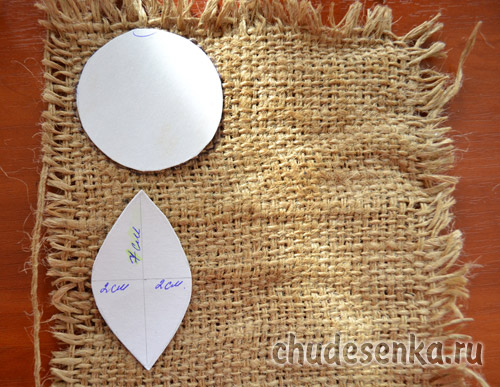 Circles will need to cut 3 pieces,
Circles will need to cut 3 pieces, and petals – 6 pieces.
and petals – 6 pieces. Next a burlap circle glue on the reverse side of a flower preform.
Next a burlap circle glue on the reverse side of a flower preform.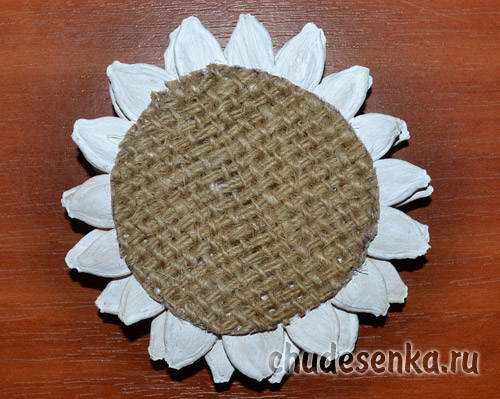 And along the contour cut petals from burlap, we stuck jute thread.
And along the contour cut petals from burlap, we stuck jute thread.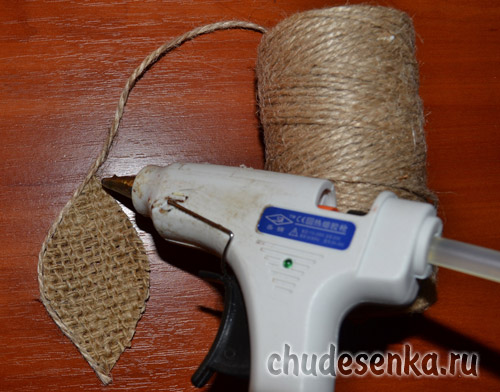

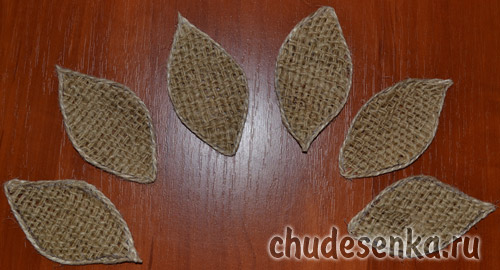 And now it’s time to prepare for the stems of flowers. To stem can be used straight branches of the tree, we took advantage of chopsticks for sushi. Take floristic tape green and completely wrapped with it every wand.
And now it’s time to prepare for the stems of flowers. To stem can be used straight branches of the tree, we took advantage of chopsticks for sushi. Take floristic tape green and completely wrapped with it every wand.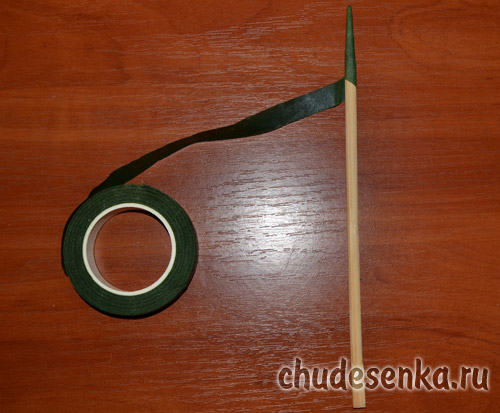
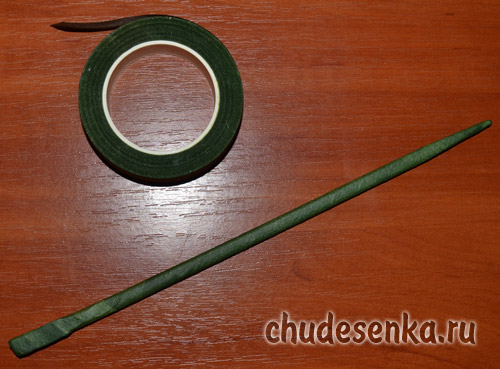 If you do not have floral tape, you can use the corrugated paper. We make three identical stems.
If you do not have floral tape, you can use the corrugated paper. We make three identical stems.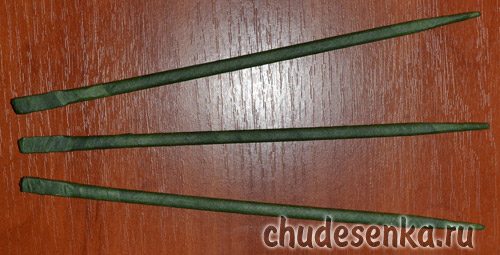 Now we collect our flowers. In the middle of the flower Do the workpiece hole
Now we collect our flowers. In the middle of the flower Do the workpiece hole and insert the stem into it ready.
and insert the stem into it ready.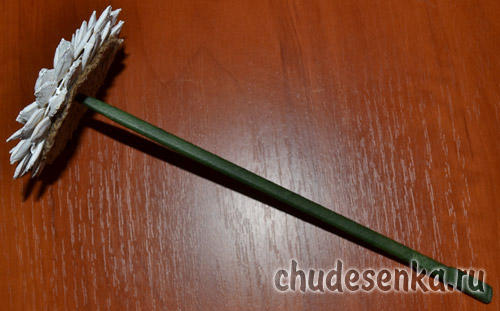 In the middle of the flower glue yellow peas, which for strength from above abundantly watered with white glue.
In the middle of the flower glue yellow peas, which for strength from above abundantly watered with white glue.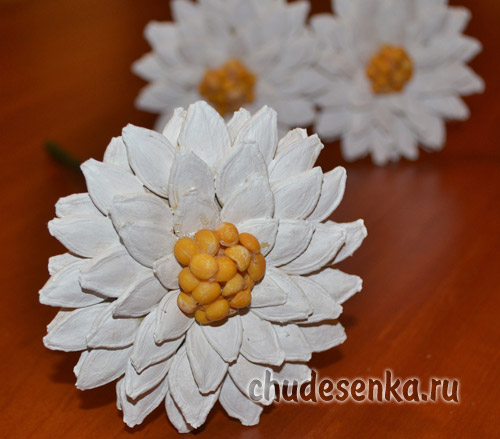
Also, instead of peas can be used dried corn kernels, buckwheat or grains of pepper.
And finally left to attach the petals to our flowers. Fasten them using floral tape or corrugated paper.

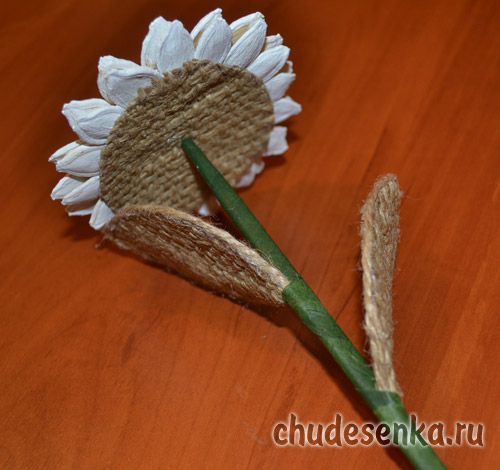 That’s all – flowers ready! It remains to put our bouquet in a vase. This original bouquet decorates any space, especially natural corner in the school or in kindergarten. Good luck and success!
That’s all – flowers ready! It remains to put our bouquet in a vase. This original bouquet decorates any space, especially natural corner in the school or in kindergarten. Good luck and success!
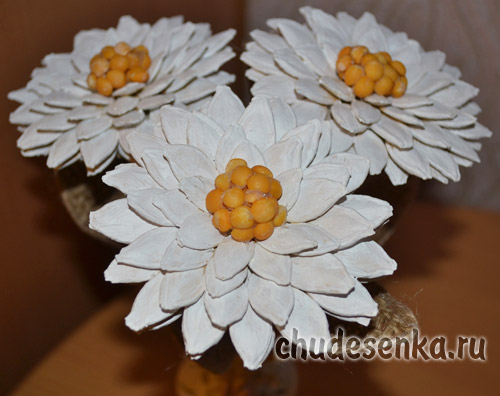
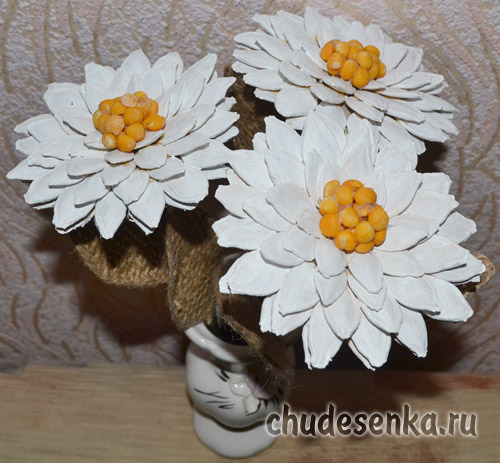
Source: Chudesenka
Thank you for visiting our website. We seek to always bring the best for you.
Did you like the Tutorial ? Leave your comment.
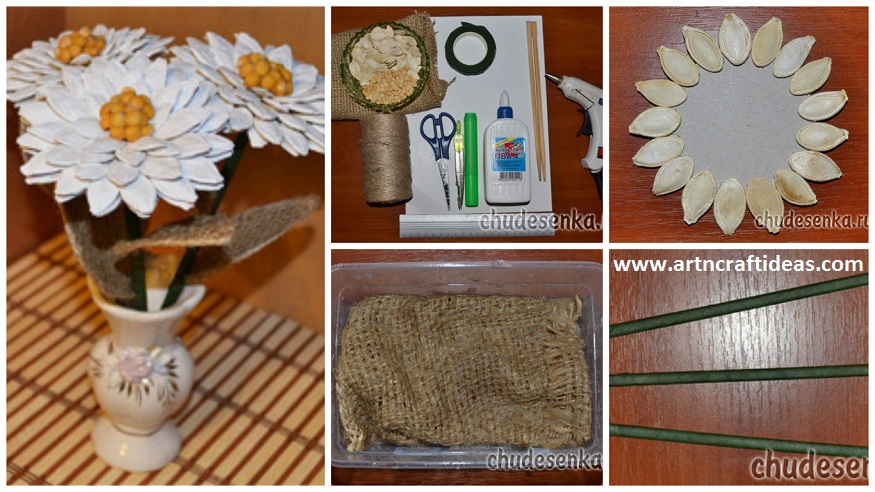
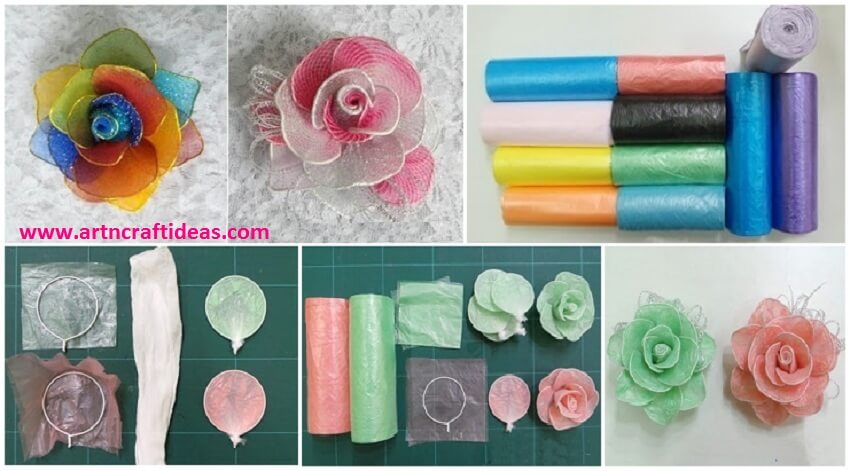
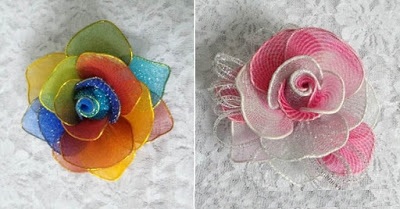
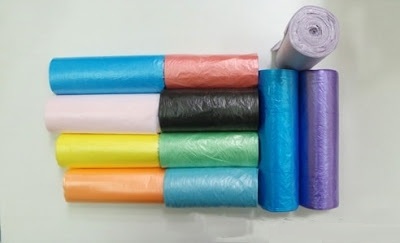
 Packaging in the circular start racing wire
Packaging in the circular start racing wire Giving those coated wire forms and a variety of well-connected strings at the bottom.
Giving those coated wire forms and a variety of well-connected strings at the bottom.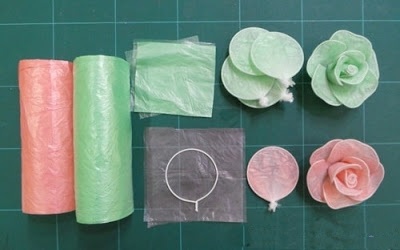 Continue to prepare all kinds of formats
Continue to prepare all kinds of formats After you finish you get the following figure
After you finish you get the following figure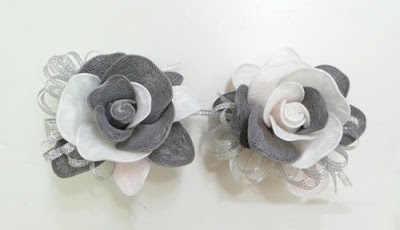 These are some suggested formats
These are some suggested formats


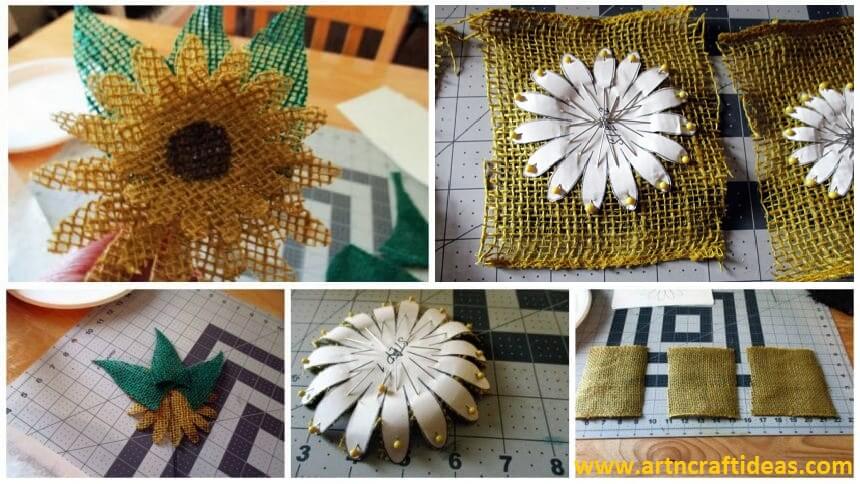
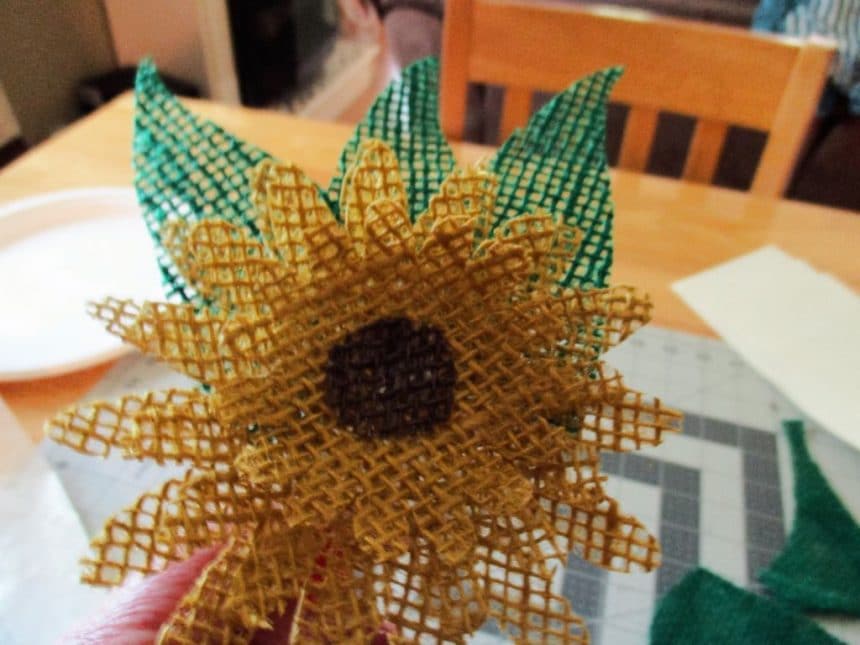 Step 1: Required Material
Step 1: Required Material 

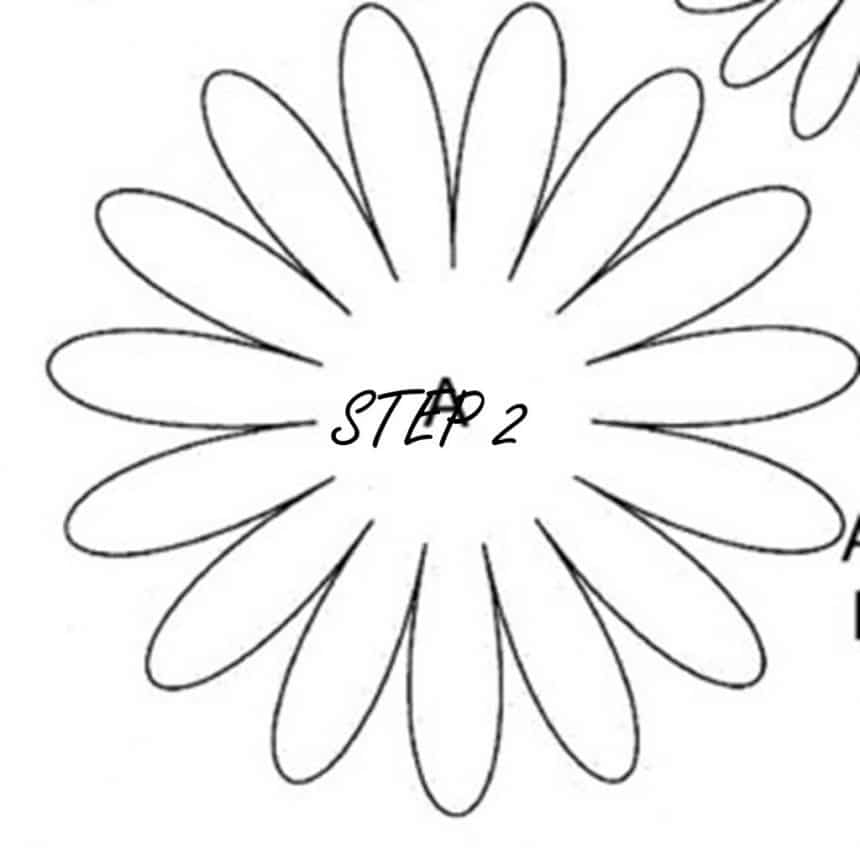
 Step 2: Decoupage
Step 2: Decoupage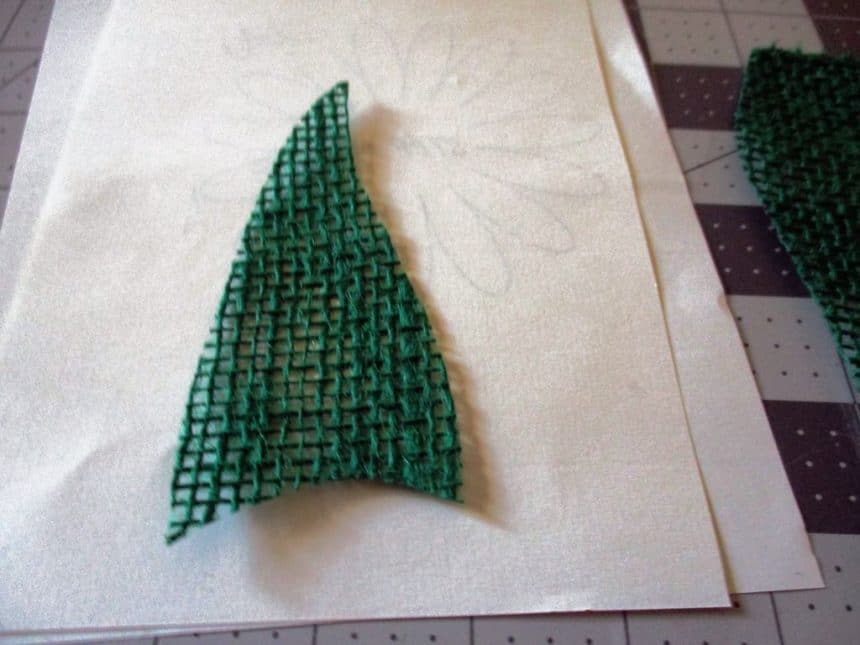


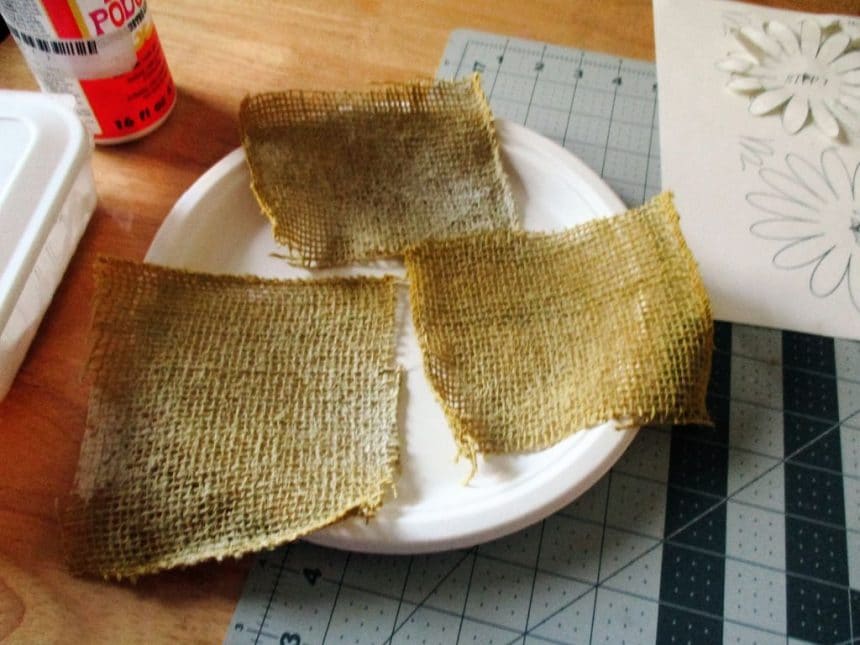
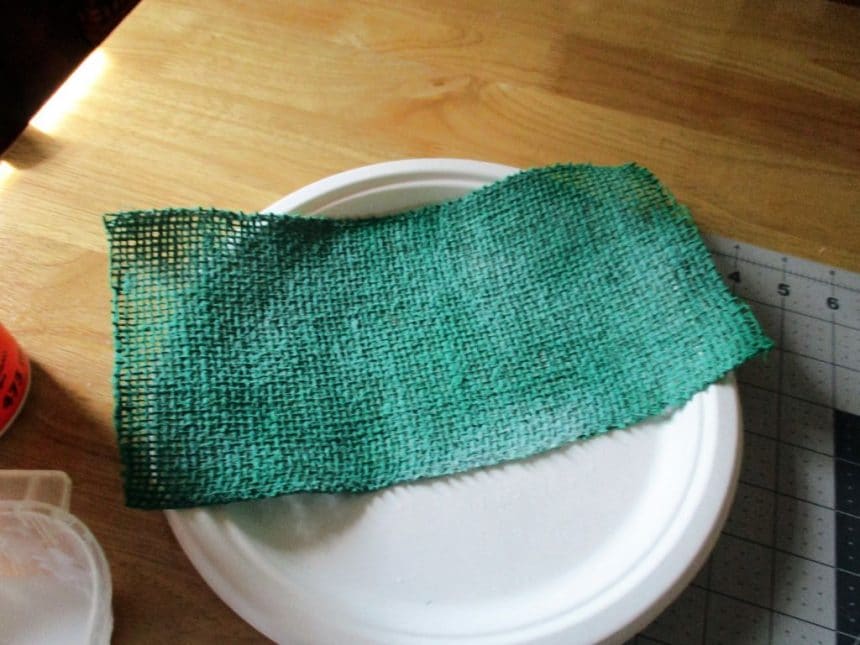
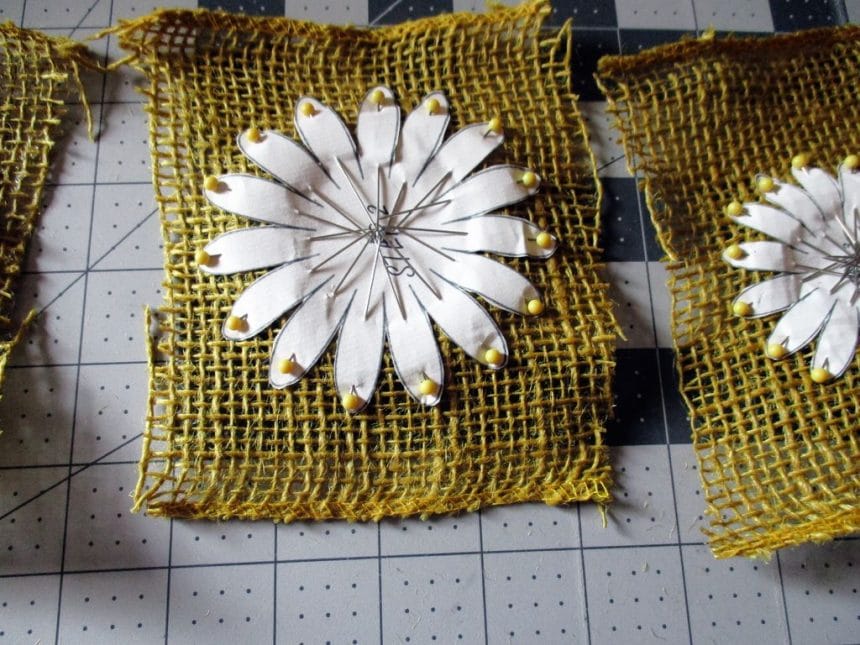
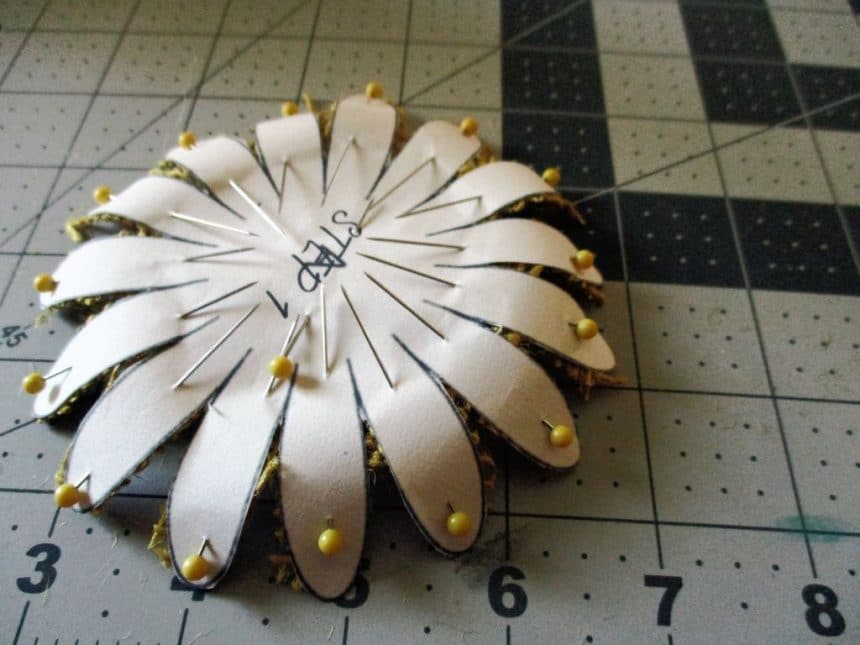
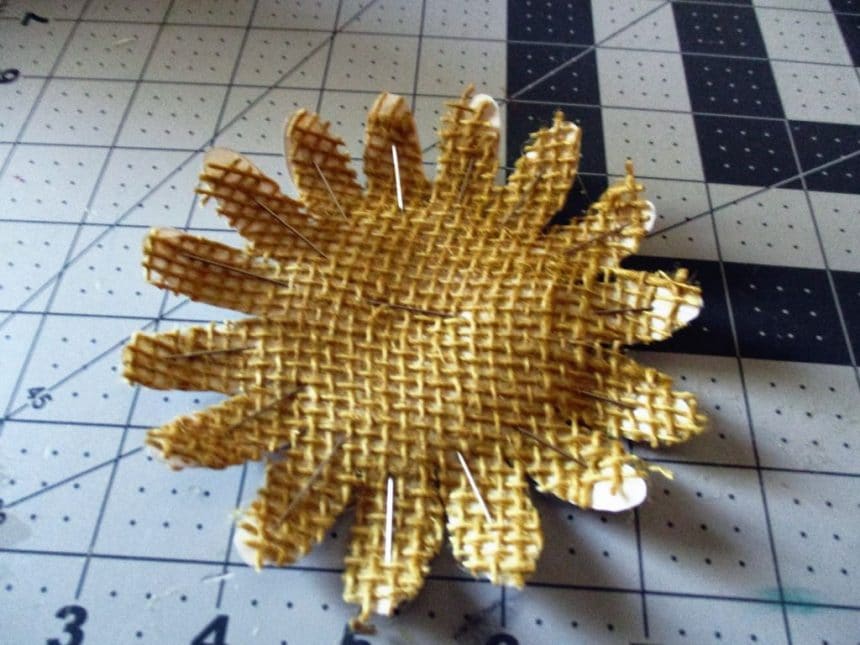


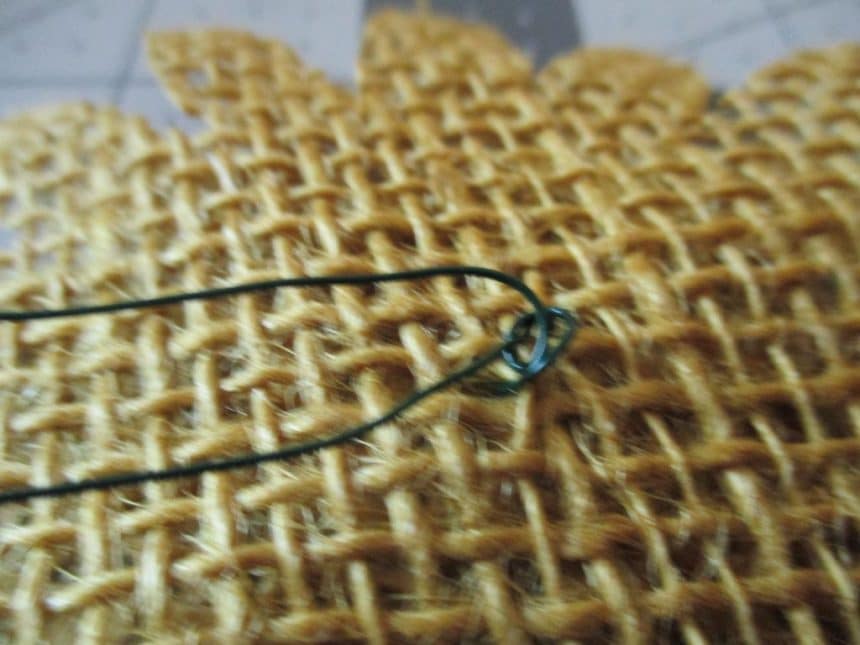

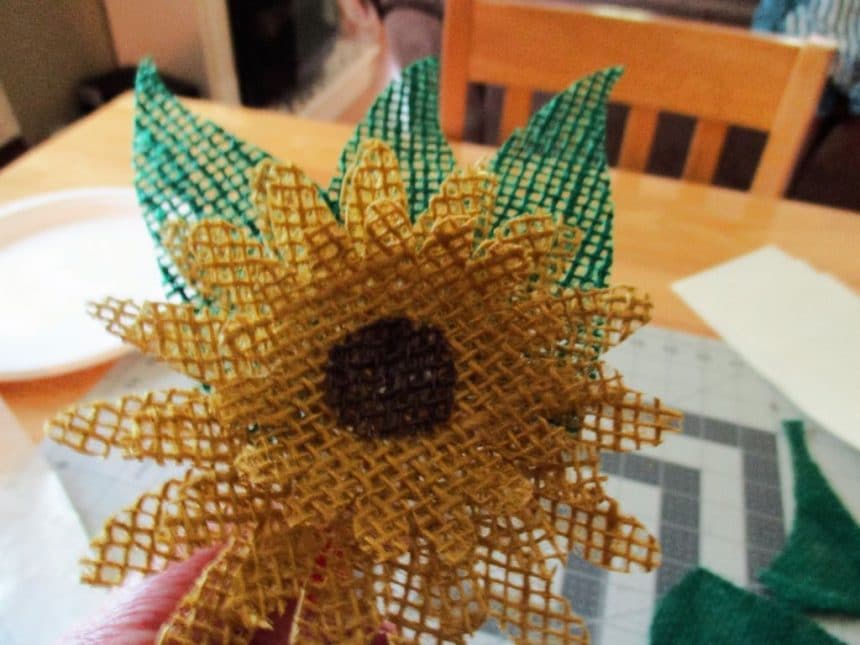
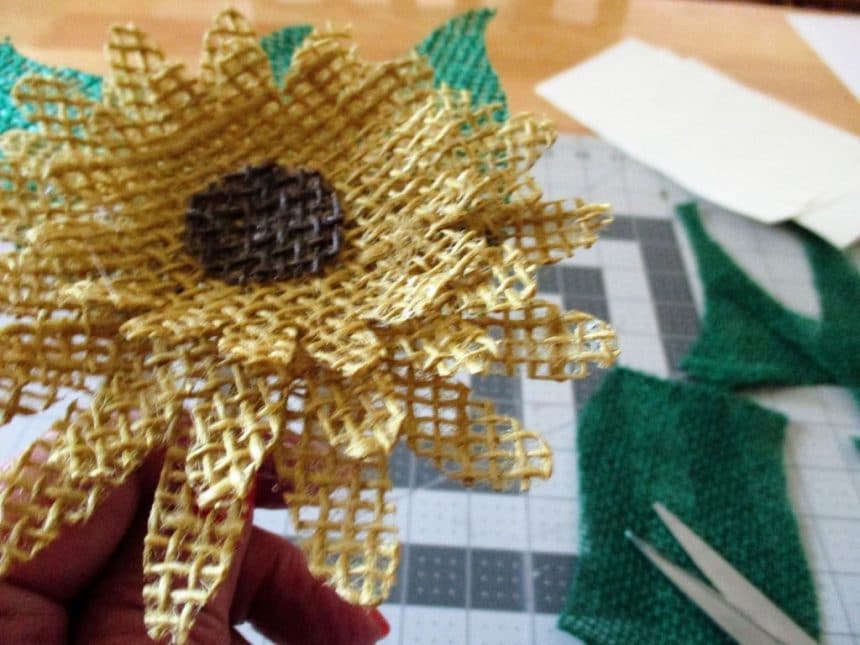 Hope you enjoyed this.
Hope you enjoyed this.
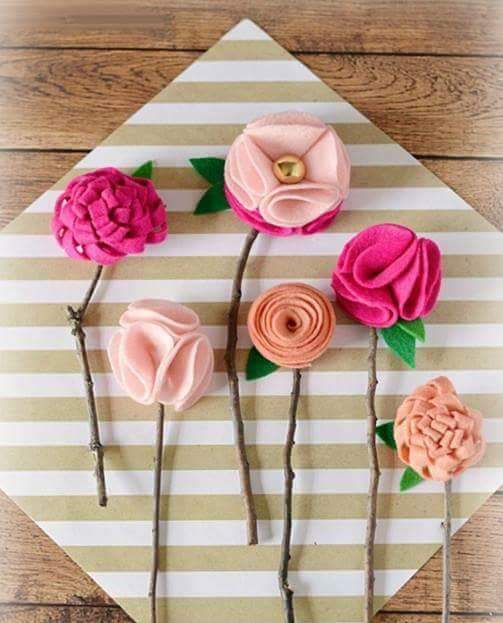 Required Material:
Required Material: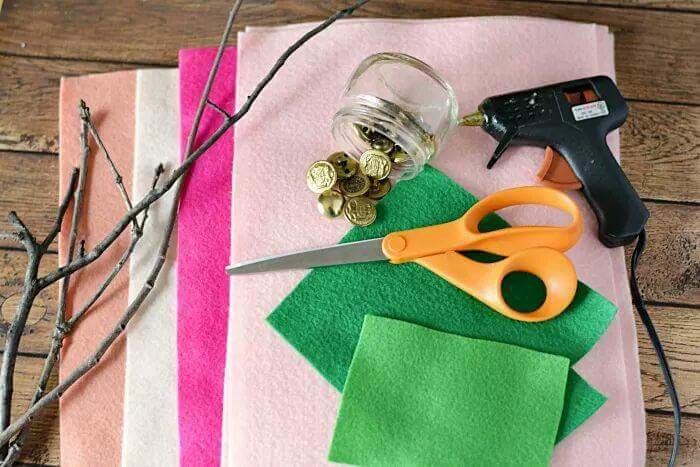
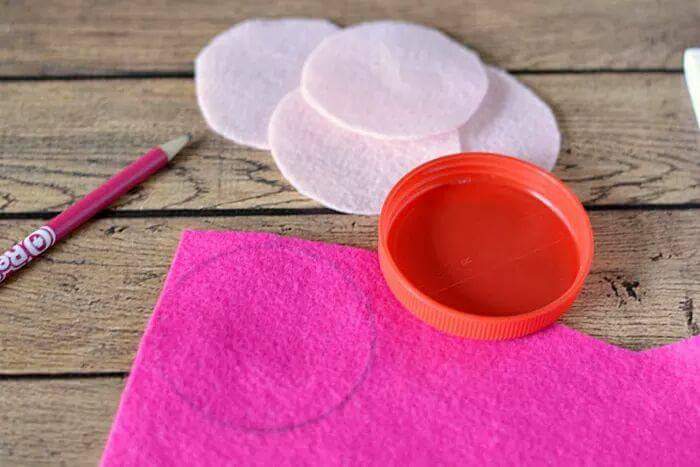 Fold the circle in half and in half again to create a quarter circle. Apply hot glue to the folded edges of one circle and attach it to the folded edge of another circle. Repeat until all four quarter circles are connected to create one circle.
Fold the circle in half and in half again to create a quarter circle. Apply hot glue to the folded edges of one circle and attach it to the folded edge of another circle. Repeat until all four quarter circles are connected to create one circle.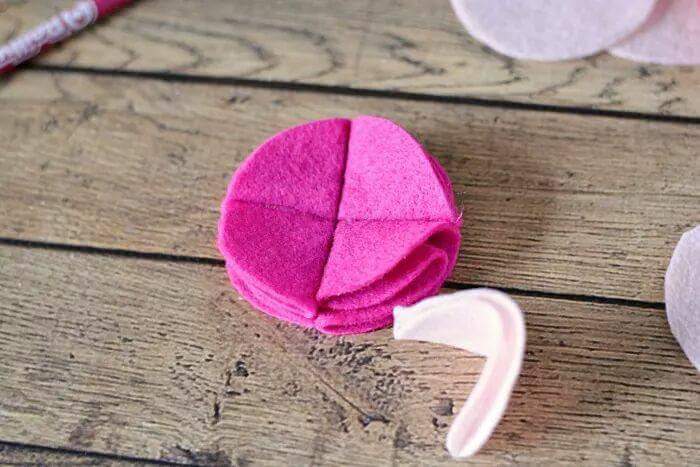


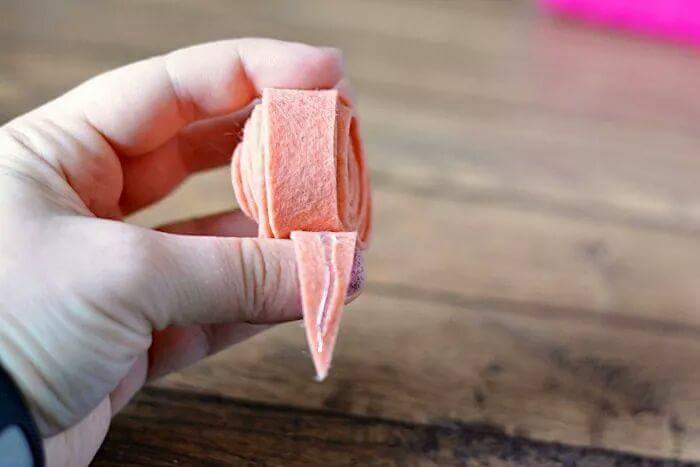
 Fold 9×2 or 12×2.5 rectangle in half lengthwise. Like a hot dog bun. Cut slits into the fold. About 3/8″ apart but not going all the way through the fold. Kind of like making fringe. But it’s on the fold.
Fold 9×2 or 12×2.5 rectangle in half lengthwise. Like a hot dog bun. Cut slits into the fold. About 3/8″ apart but not going all the way through the fold. Kind of like making fringe. But it’s on the fold.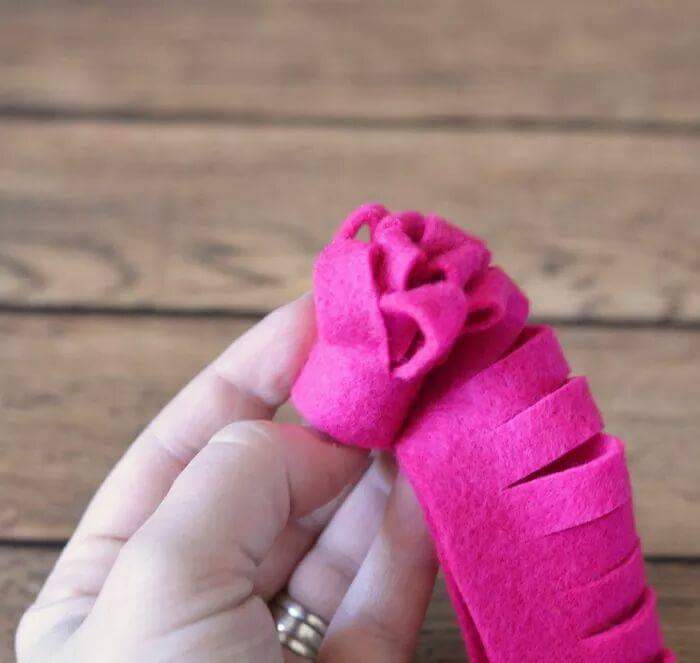 When finished making flowers, cut out leaf shapes. Affix to flowers with hot glue. Add stick stems.
When finished making flowers, cut out leaf shapes. Affix to flowers with hot glue. Add stick stems.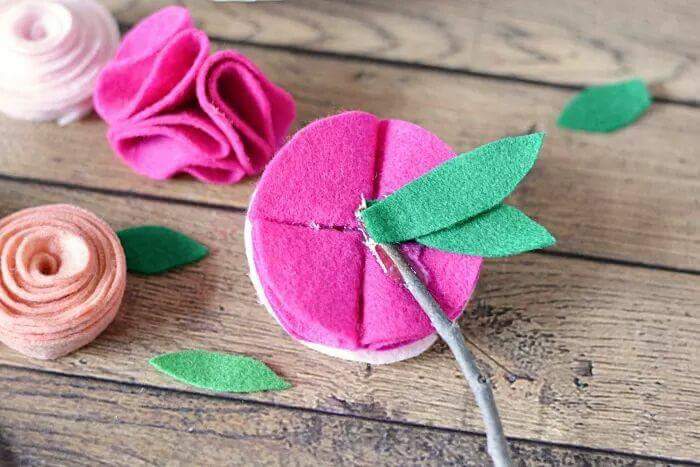

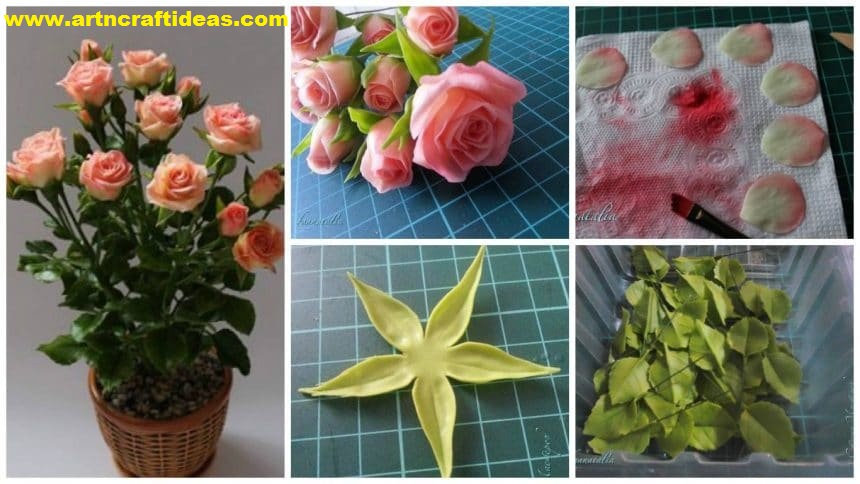

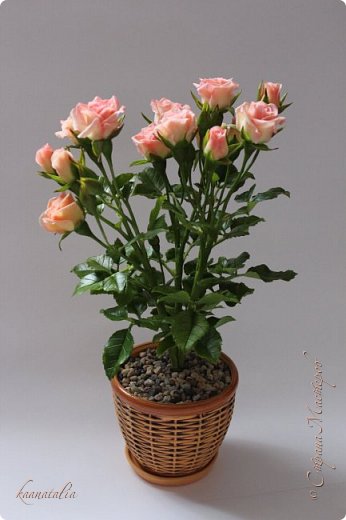
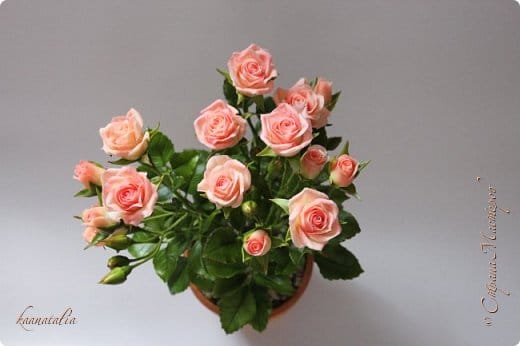
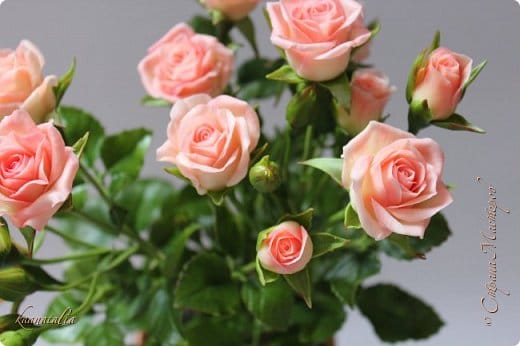
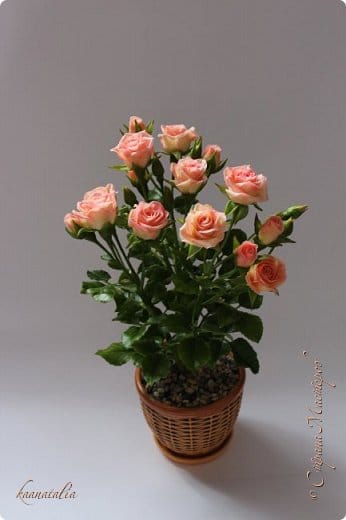
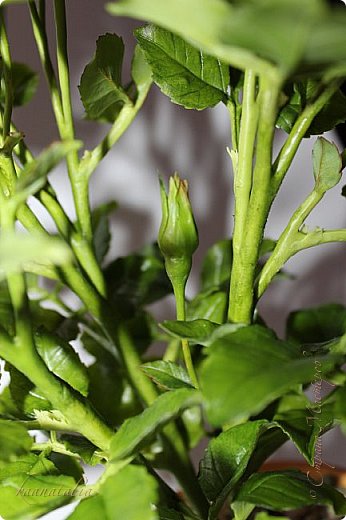

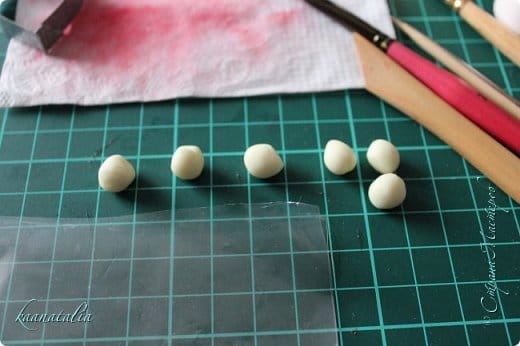
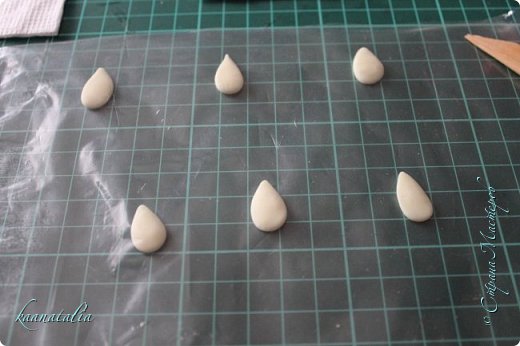
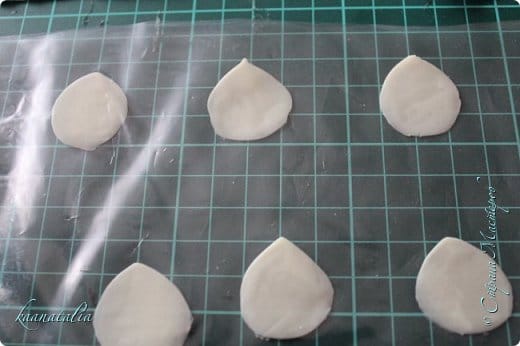

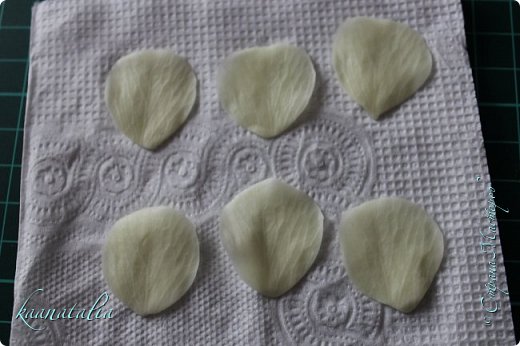


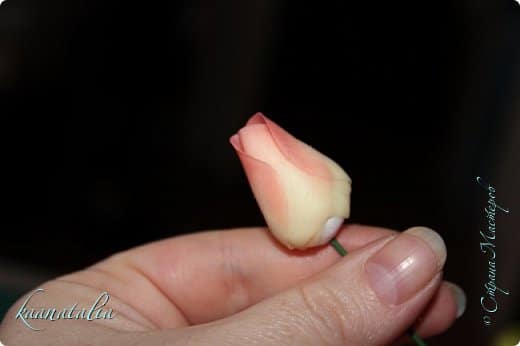
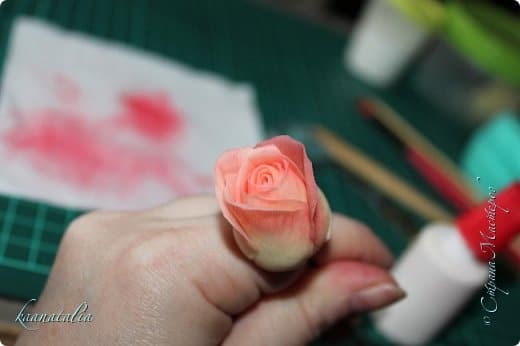
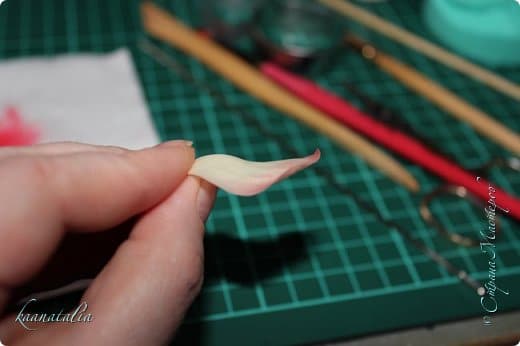



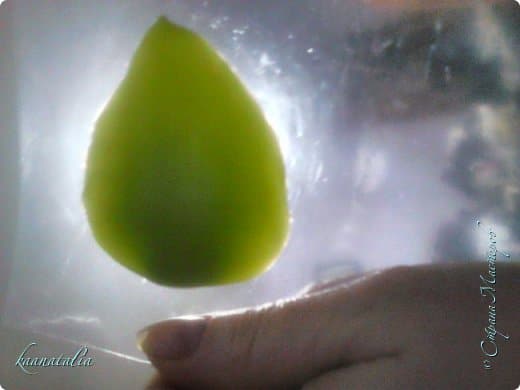
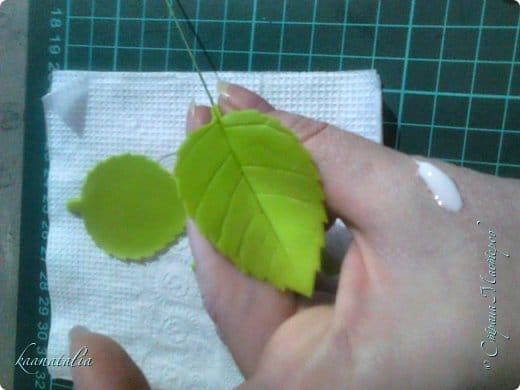




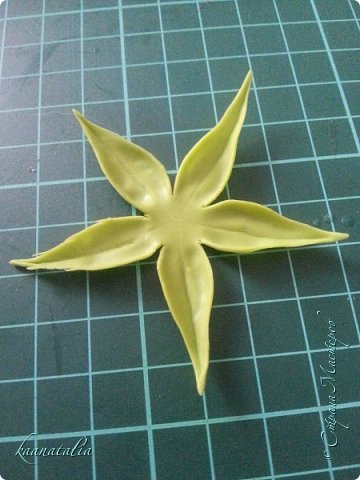
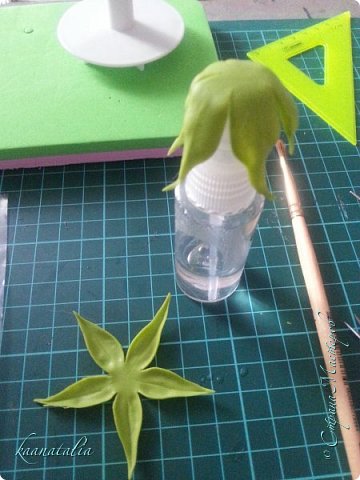
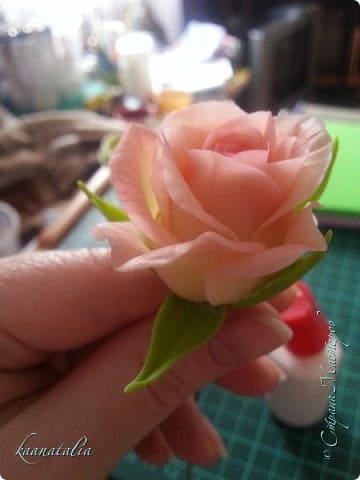


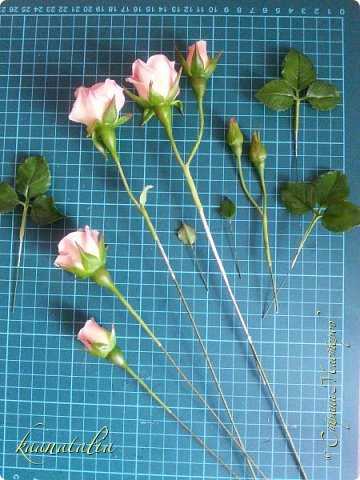
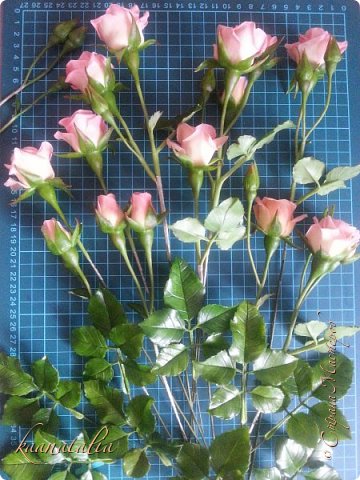


 To make a marigold flower out of paper, you will need a sheet of orange construction paper, a sheet of yellow construction paper, a stapler, scissors, and a green pipe cleaner.
To make a marigold flower out of paper, you will need a sheet of orange construction paper, a sheet of yellow construction paper, a stapler, scissors, and a green pipe cleaner. 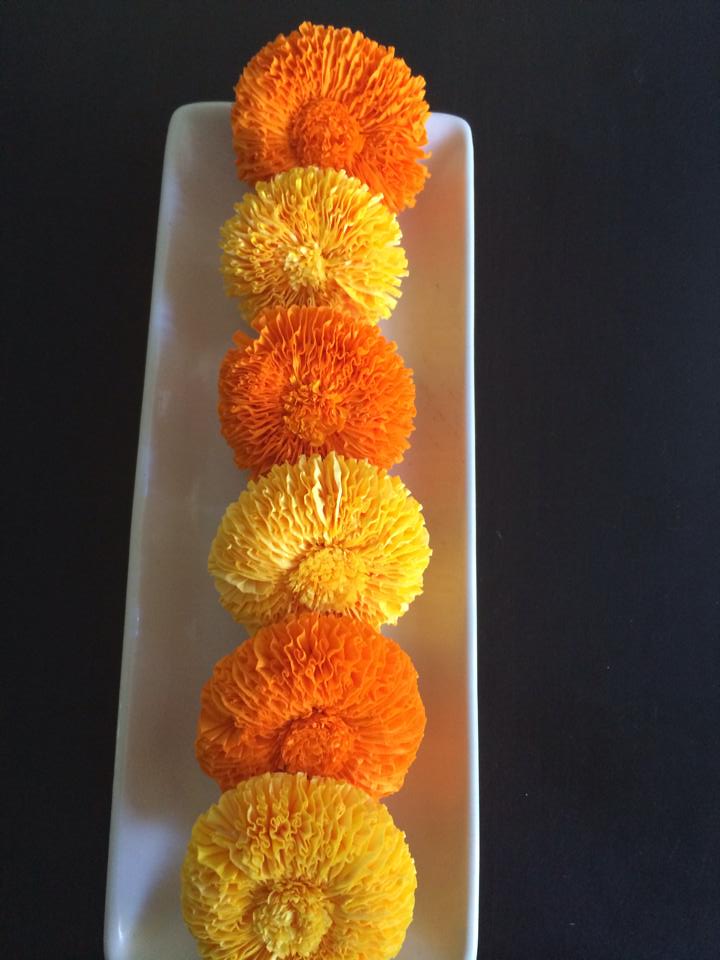
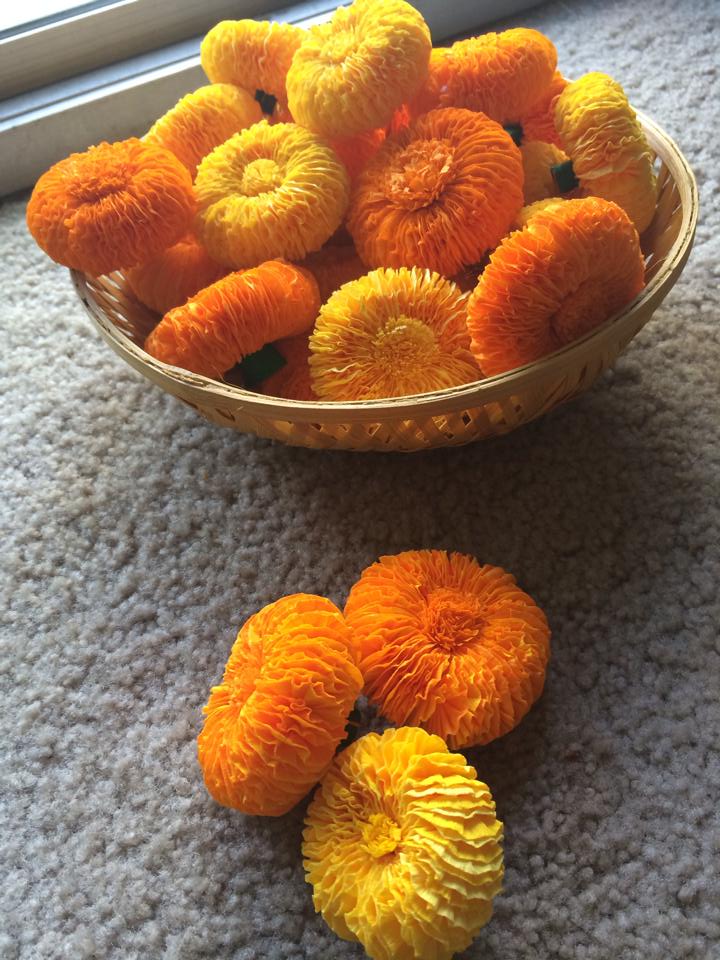
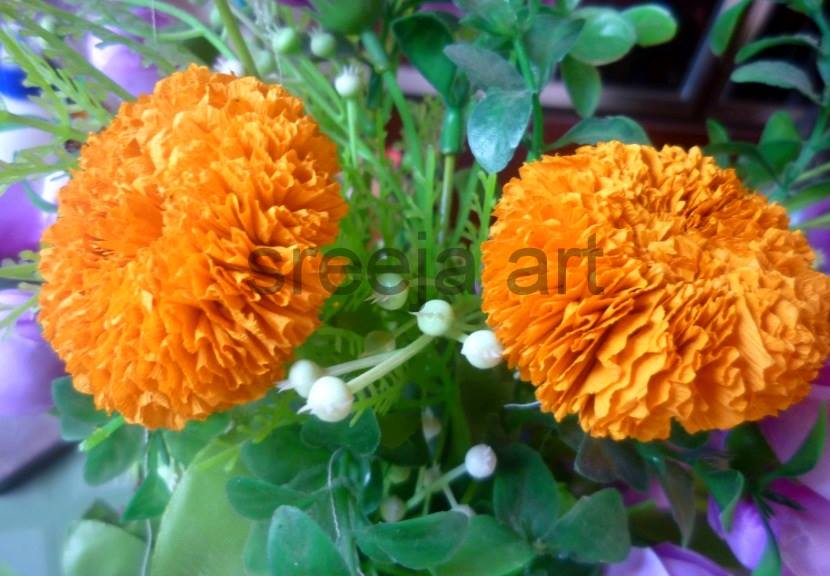 First, cut the orange paper into a 6-inch by 6-inch square.
First, cut the orange paper into a 6-inch by 6-inch square. 
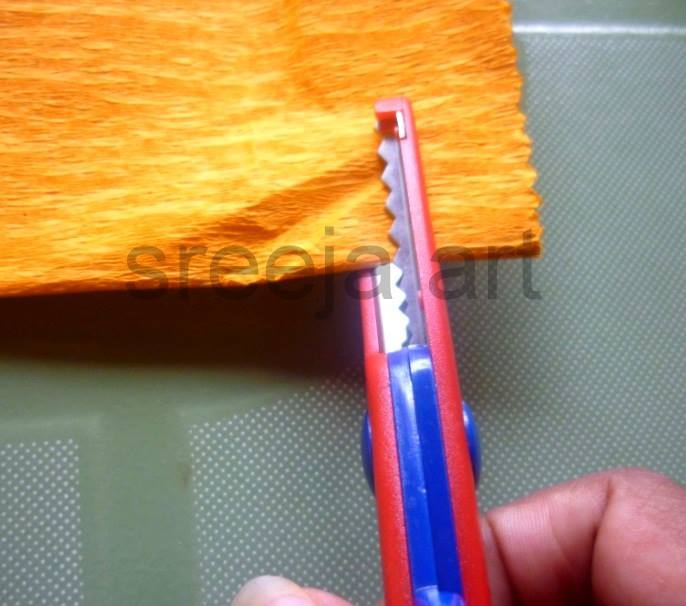
 Next, cut the yellow paper into a 6-inch by 6-inch square. Fold the orange paper in half, and then in half again. Next, do the same with the yellow paper. Staple the two folded pieces of paper together at the center.
Next, cut the yellow paper into a 6-inch by 6-inch square. Fold the orange paper in half, and then in half again. Next, do the same with the yellow paper. Staple the two folded pieces of paper together at the center. 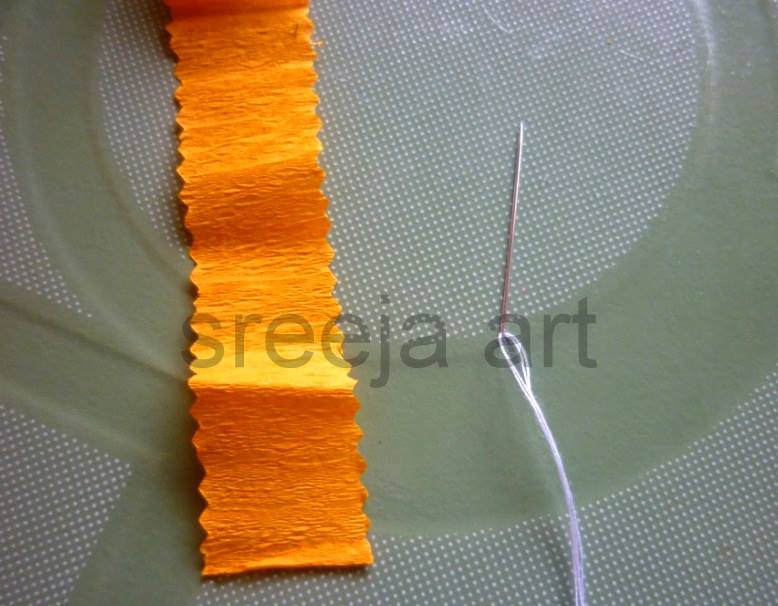
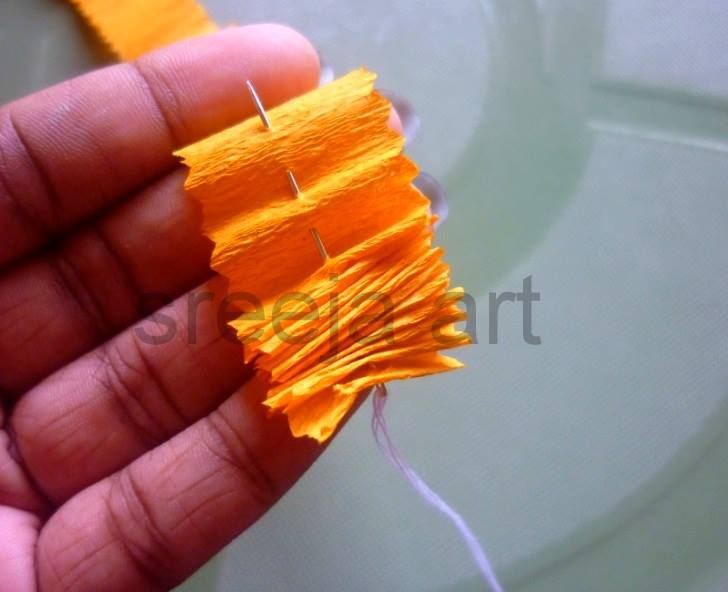
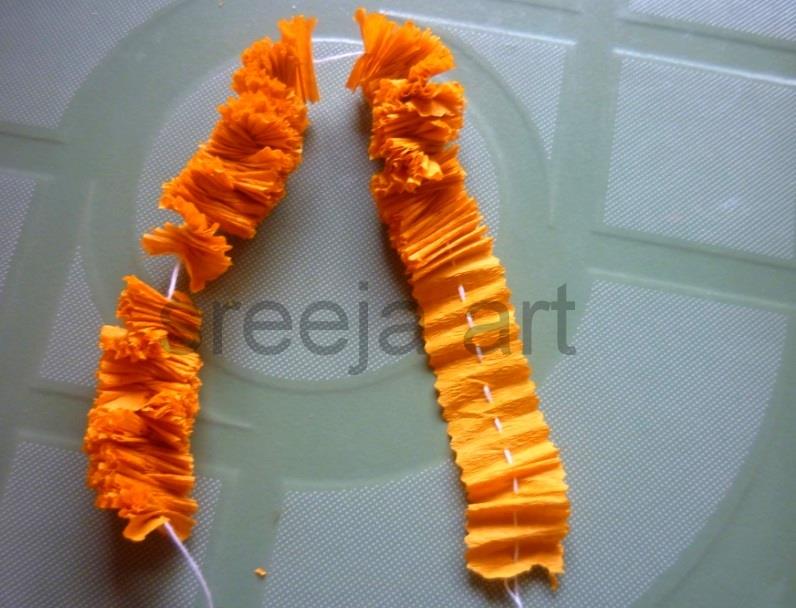 Once stapled, cut each side of the orange paper into a triangle, stopping about an inch from the center. Unfold the paper, and then refold it so the triangles are pointing inwards. Once again, staple the two pieces of paper together at the center.
Once stapled, cut each side of the orange paper into a triangle, stopping about an inch from the center. Unfold the paper, and then refold it so the triangles are pointing inwards. Once again, staple the two pieces of paper together at the center. 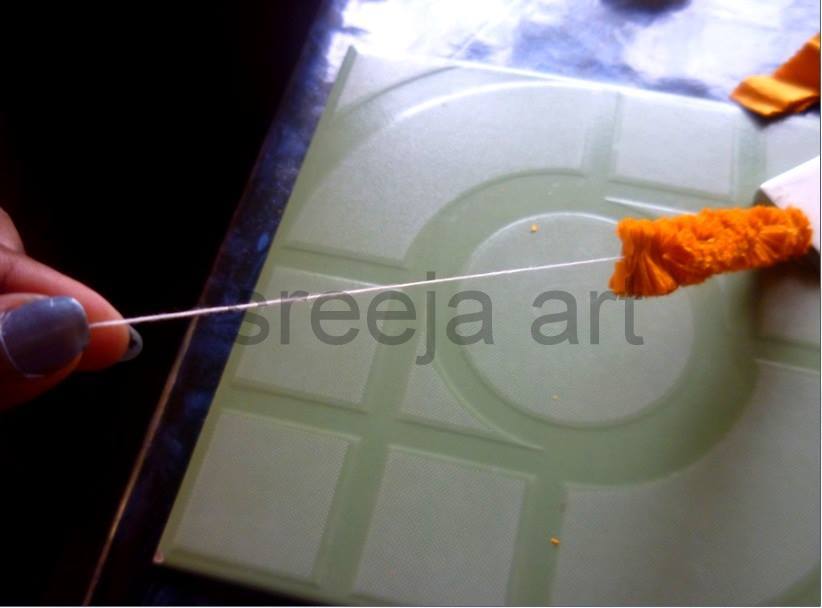

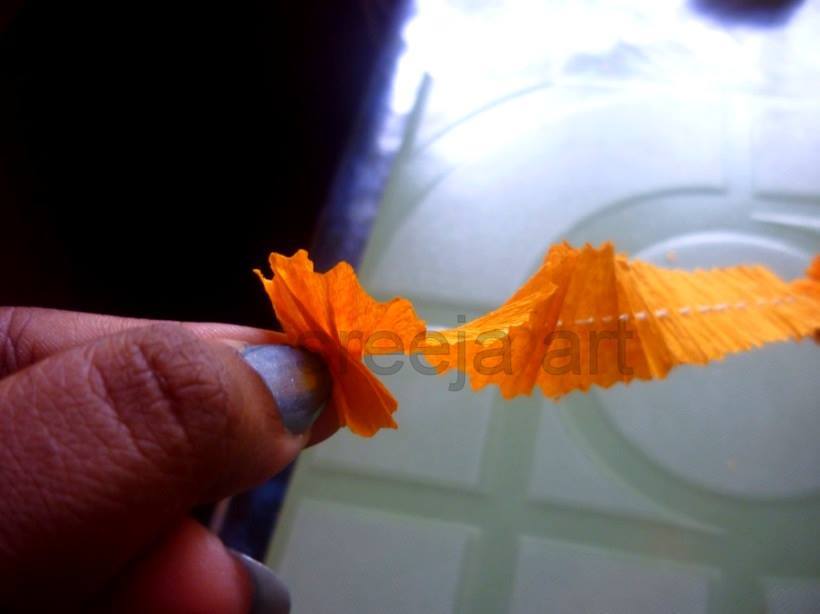
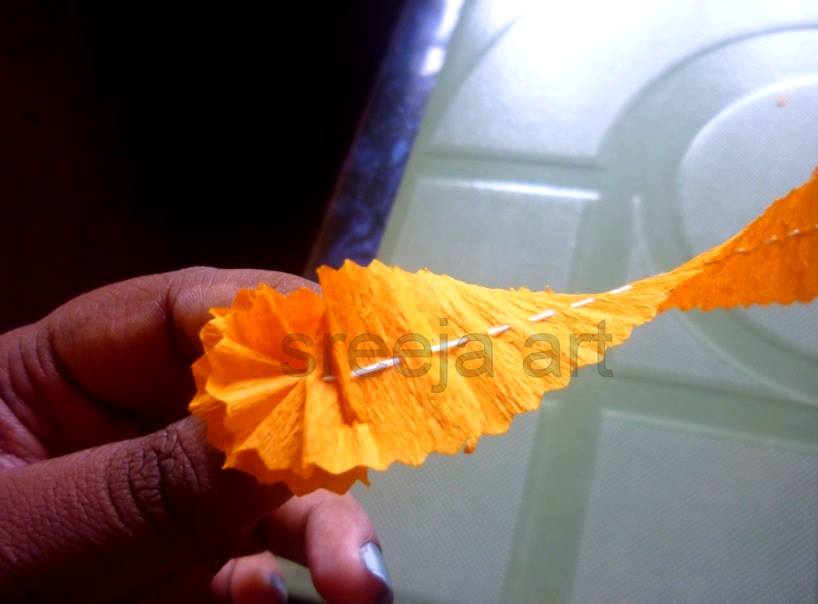

 Next, cut the yellow paper into eight strips, each about an inch wide. Take four of the strips and staple them together at the center to create a cross. Repeat this step with the remaining four strips of yellow paper.
Next, cut the yellow paper into eight strips, each about an inch wide. Take four of the strips and staple them together at the center to create a cross. Repeat this step with the remaining four strips of yellow paper. 
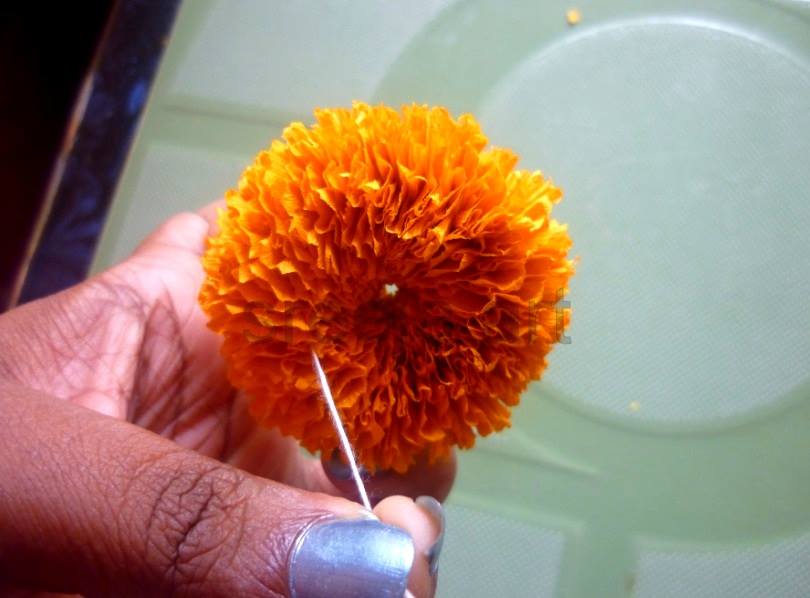


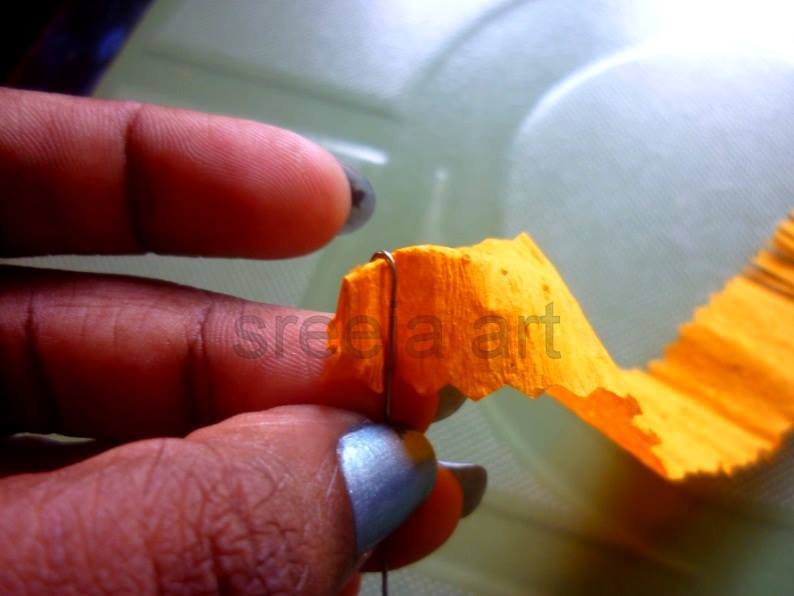
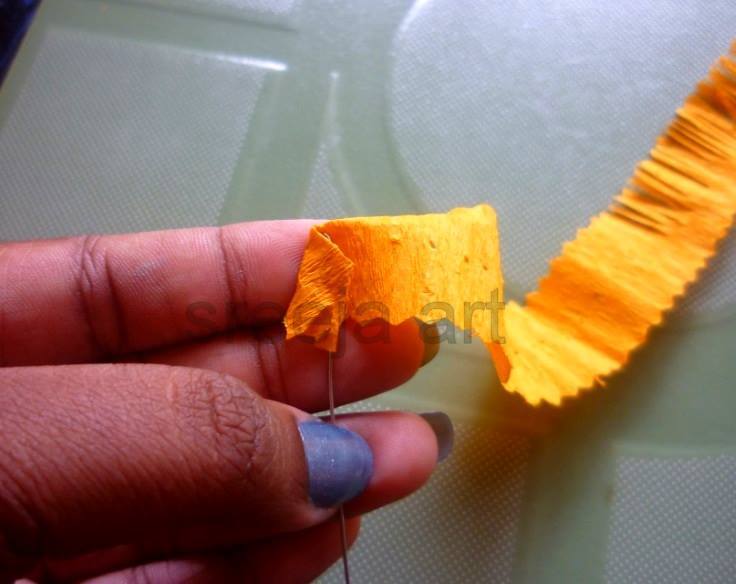
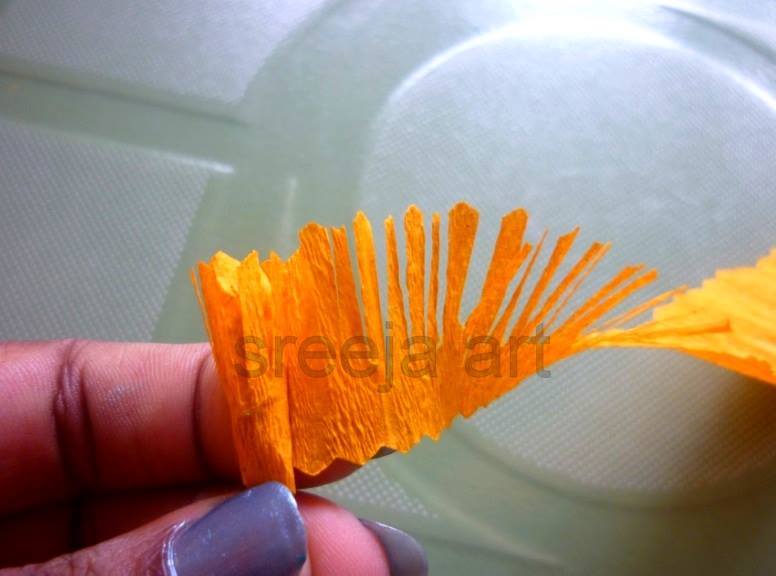
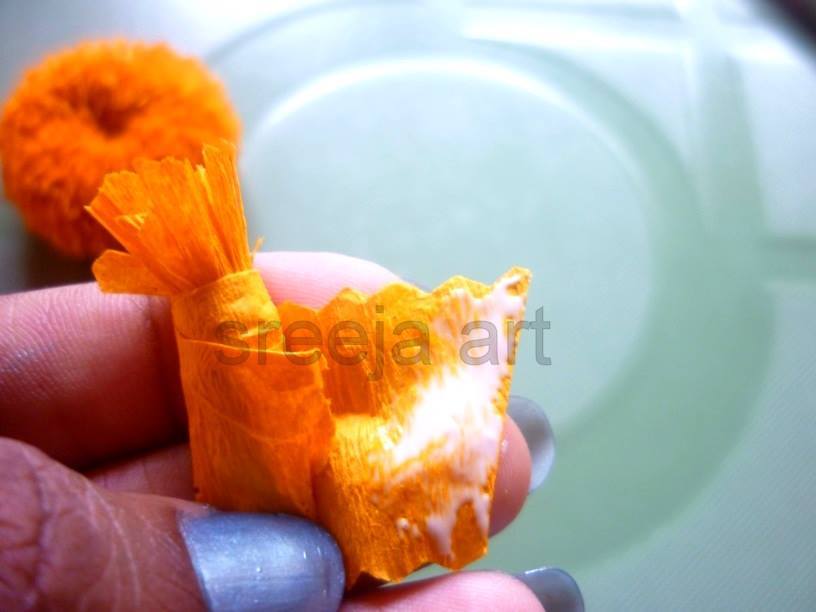 Attach the yellow cross to the center of the orange flower. Finally, twist the green pipe cleaner around the center of the flower to create the stem.
Attach the yellow cross to the center of the orange flower. Finally, twist the green pipe cleaner around the center of the flower to create the stem. 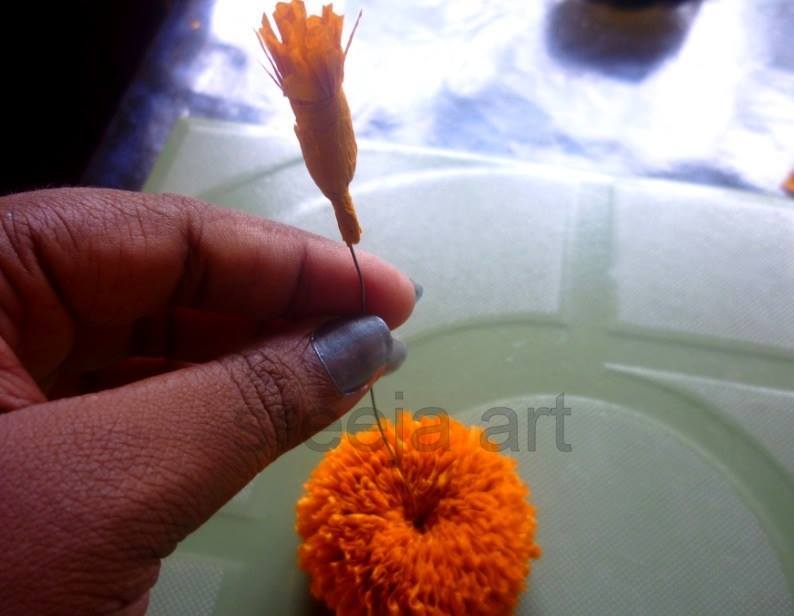

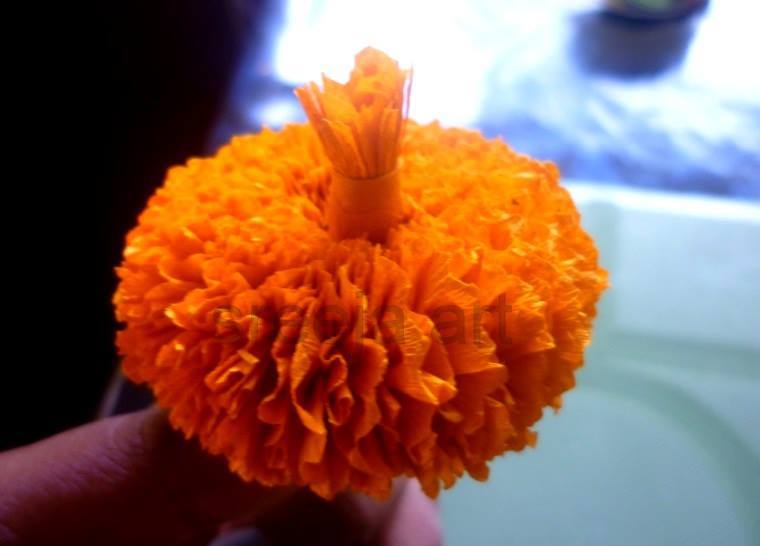
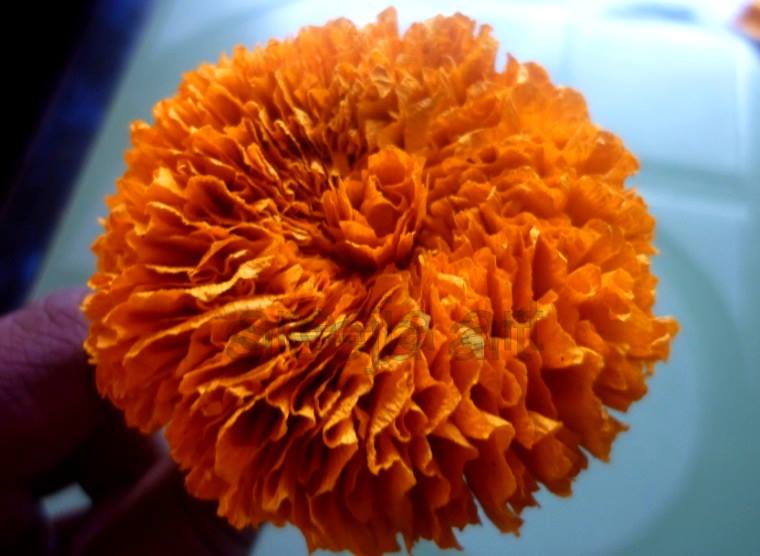

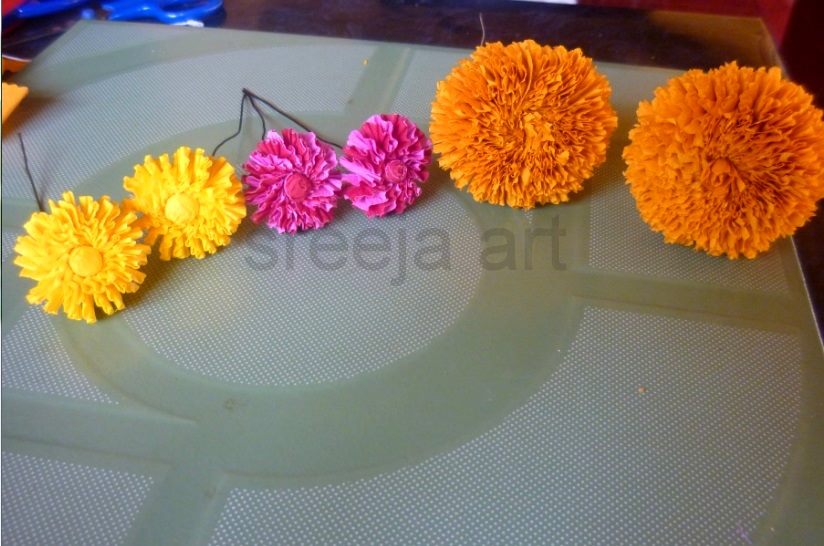


 Courtesy-
Courtesy- 



